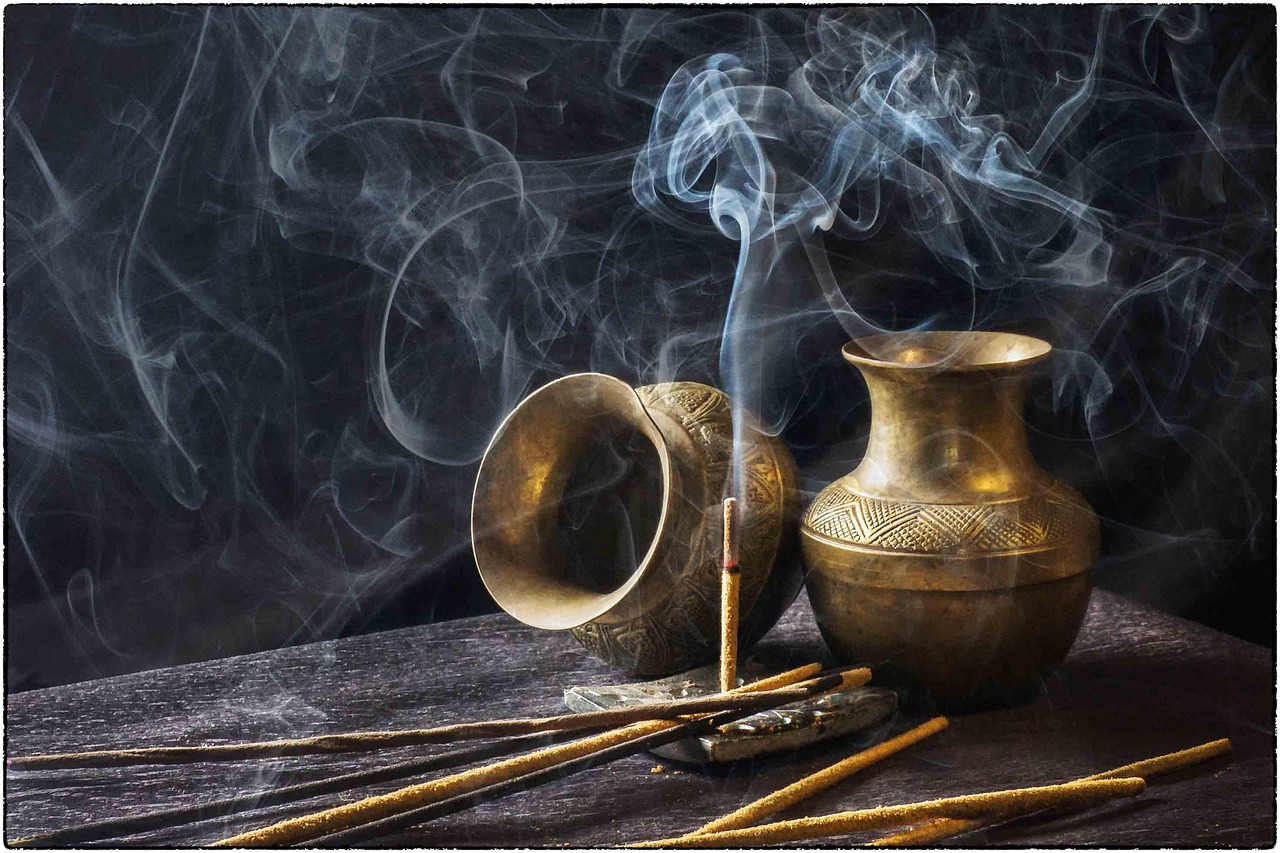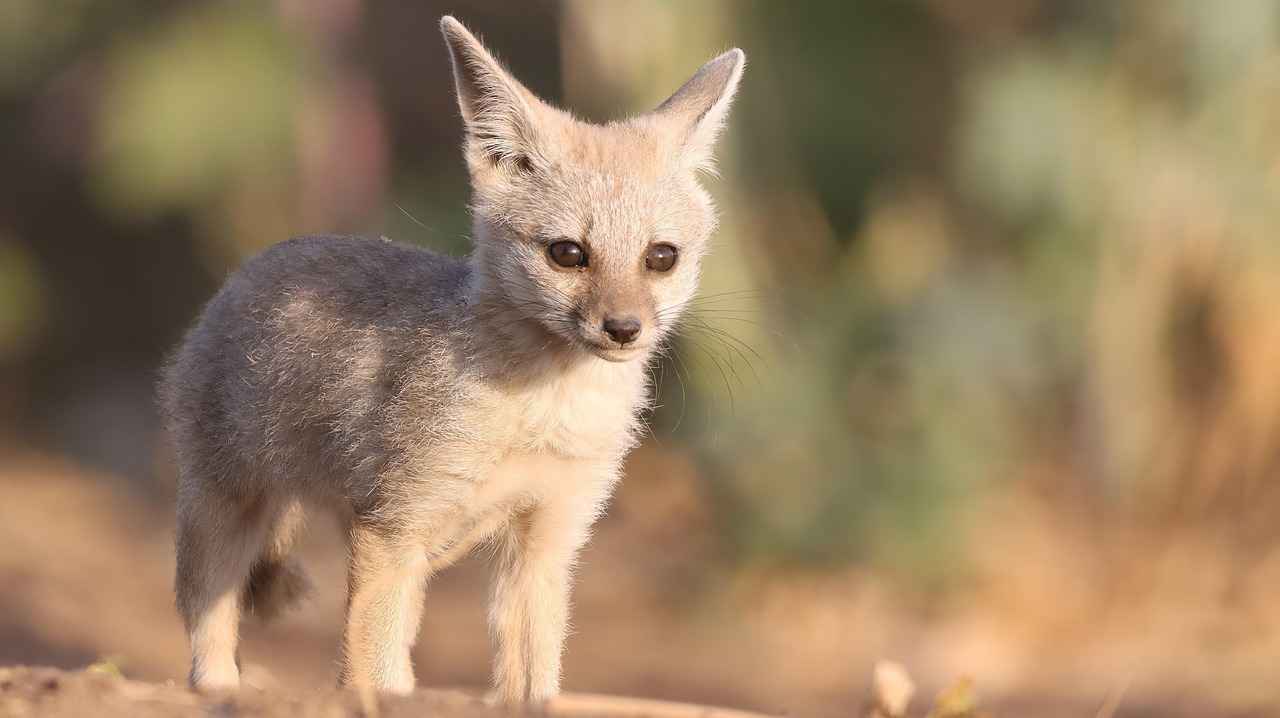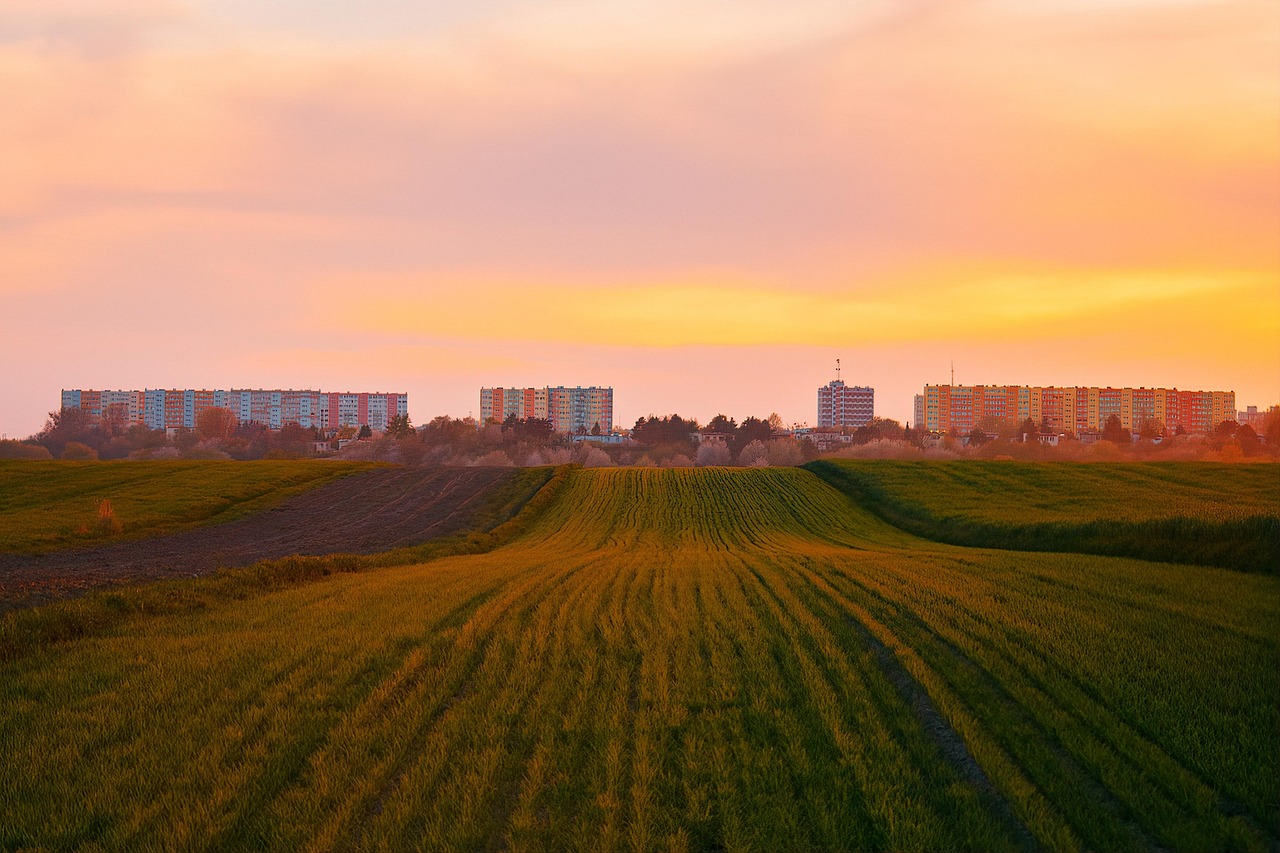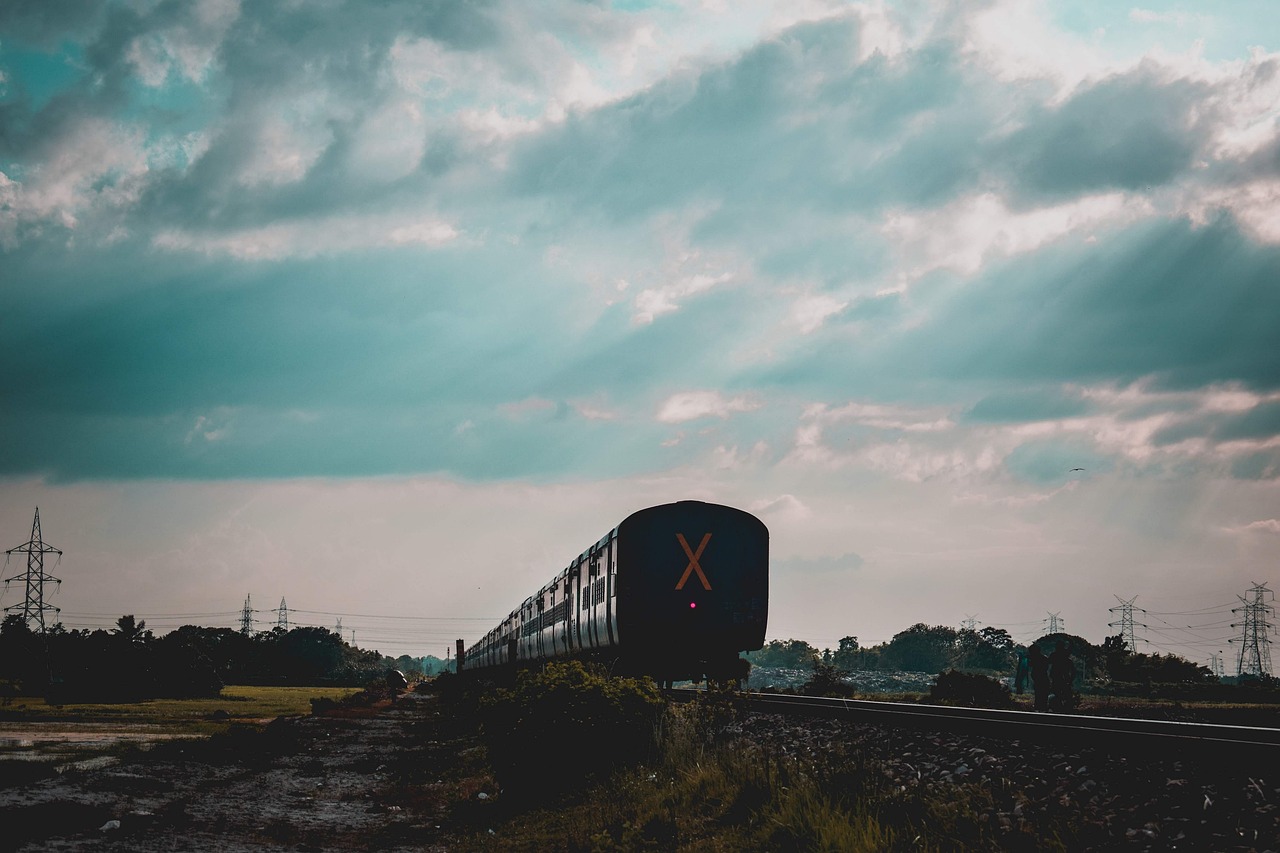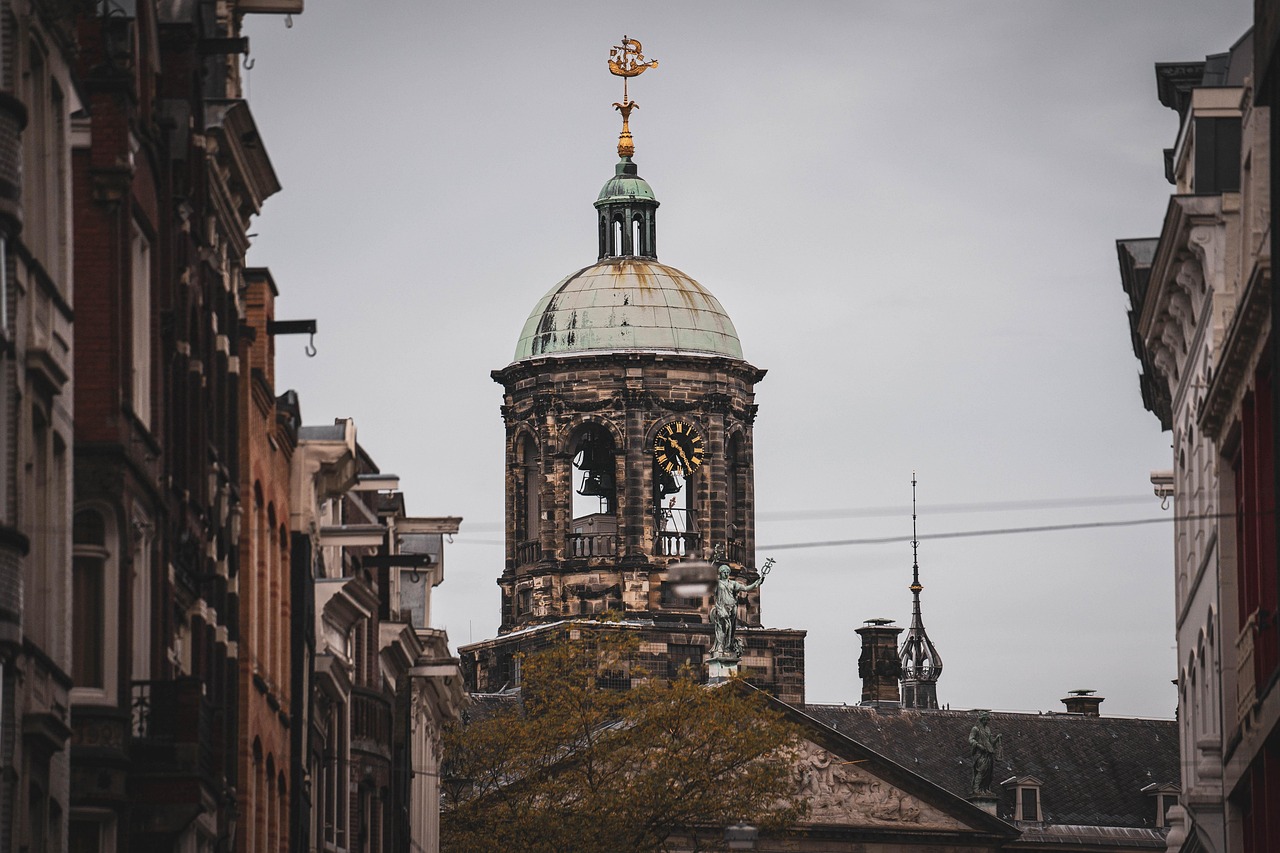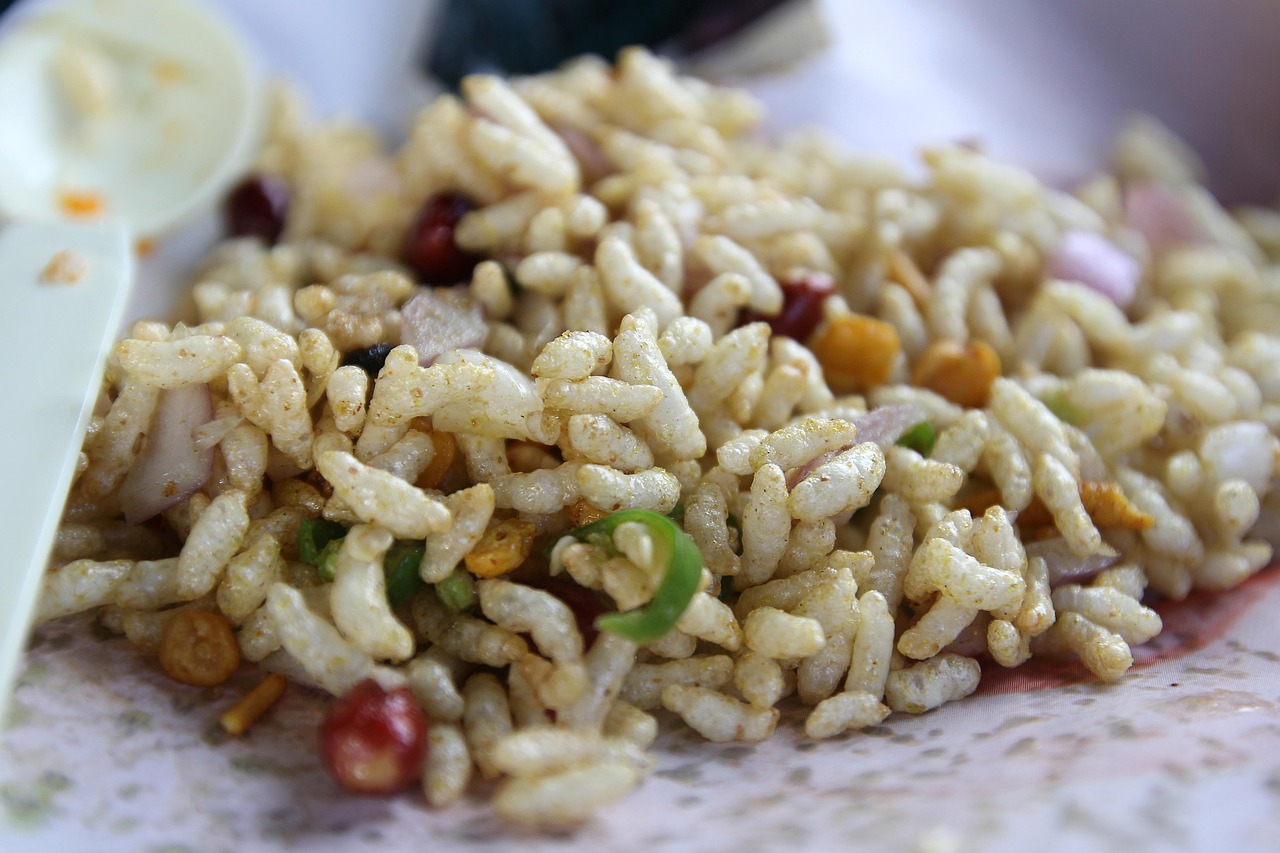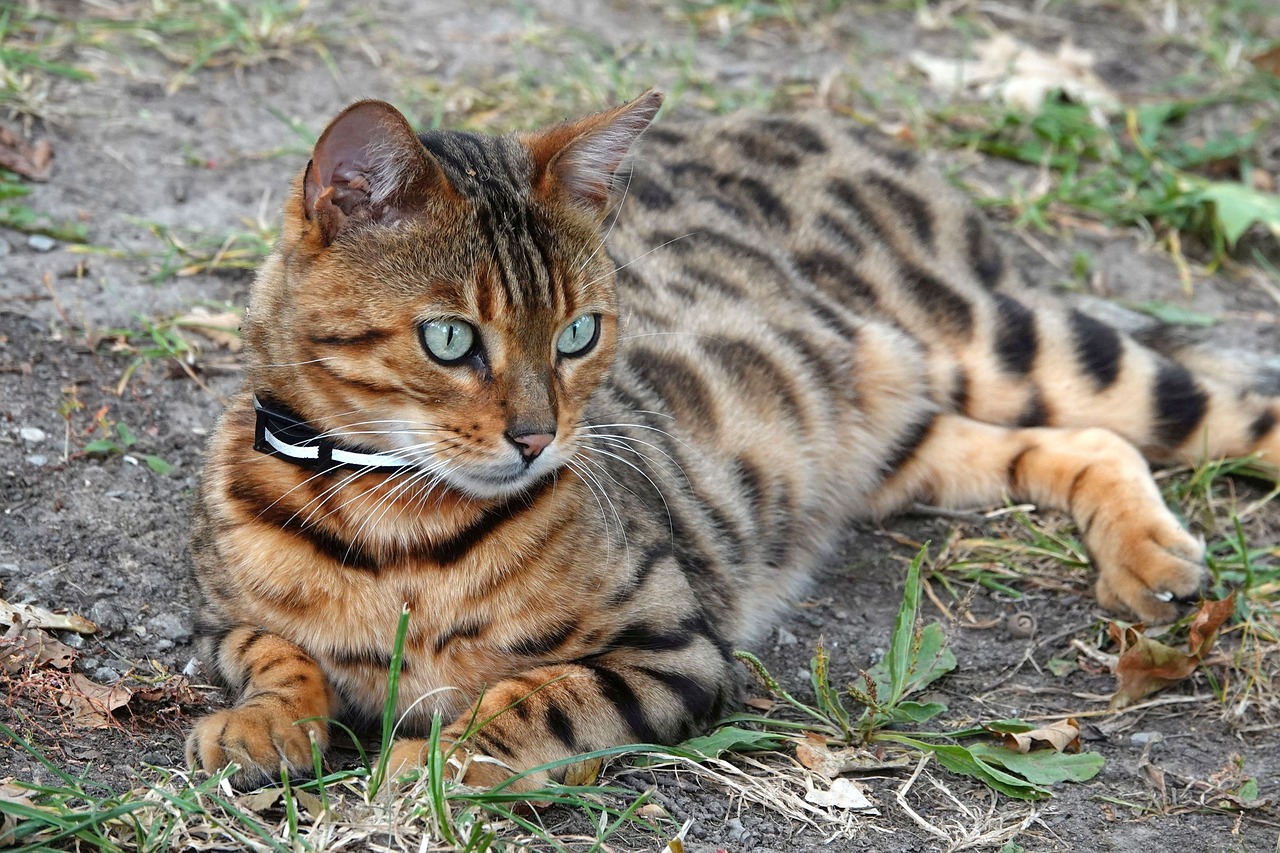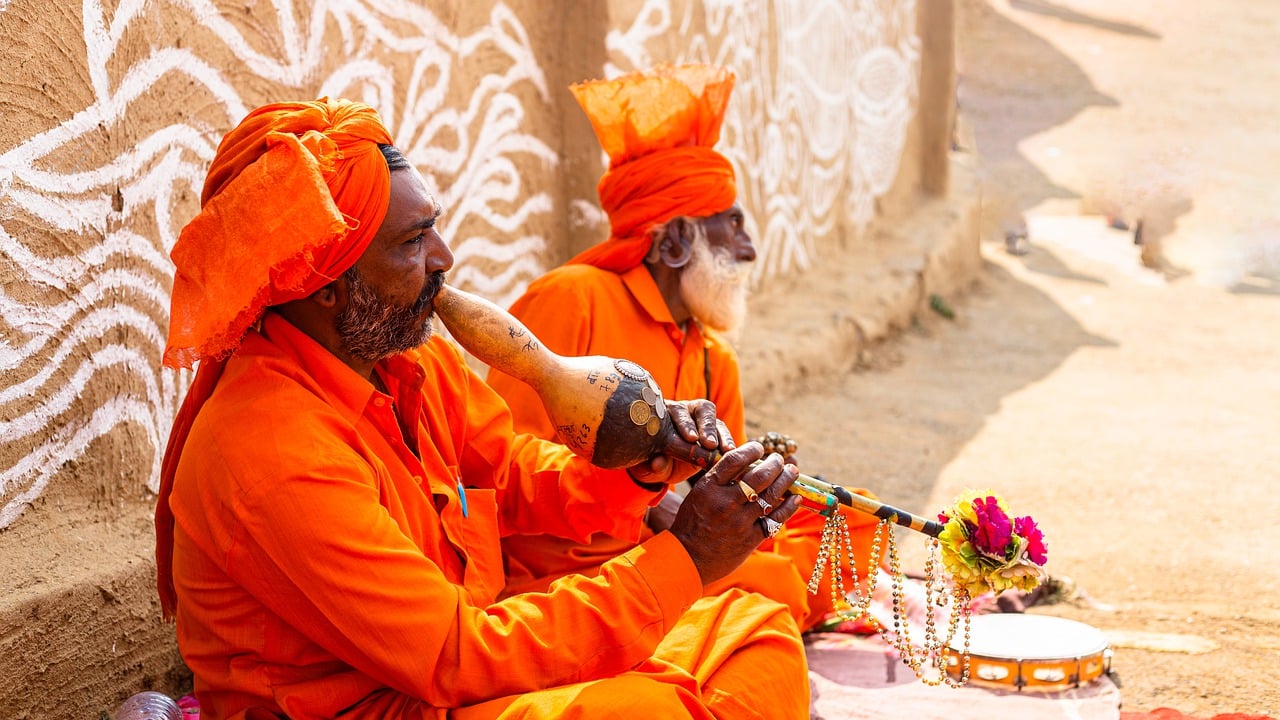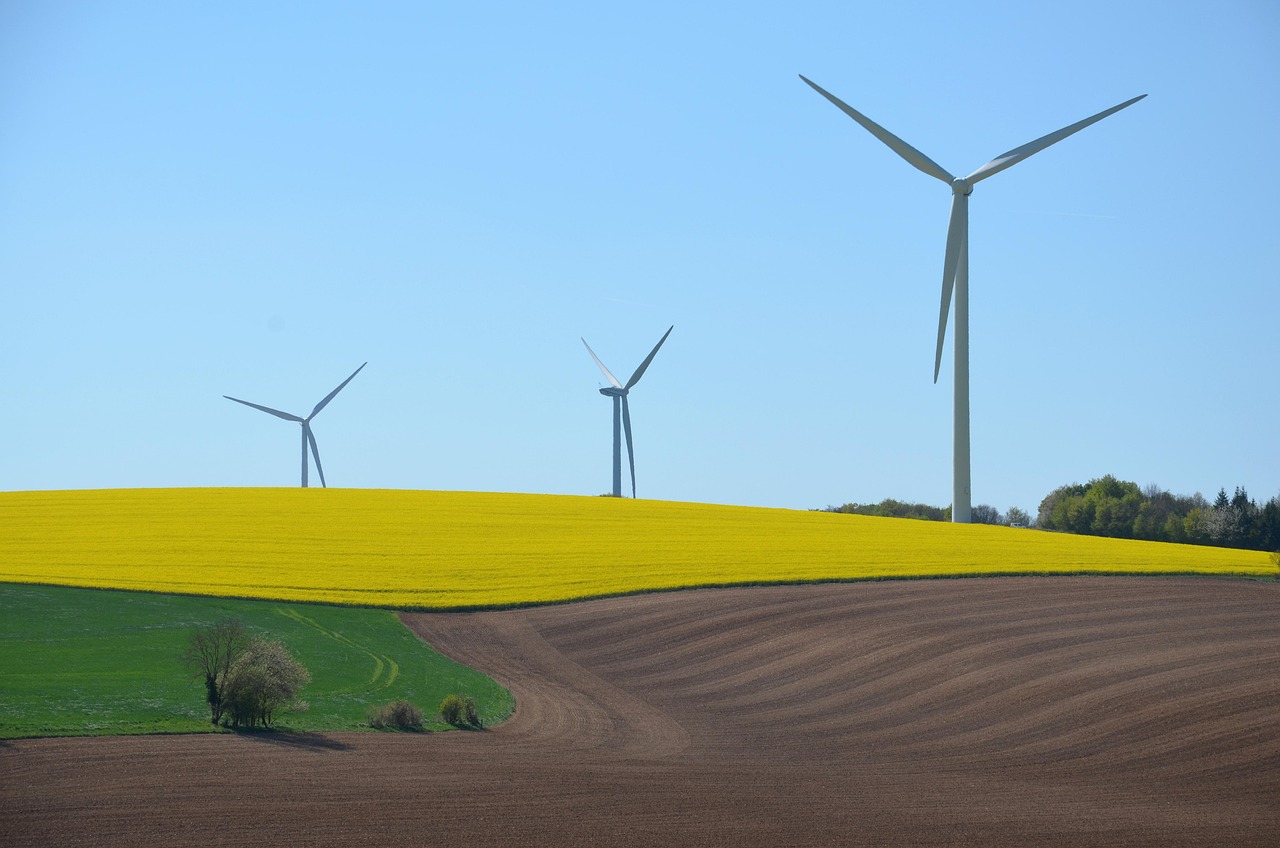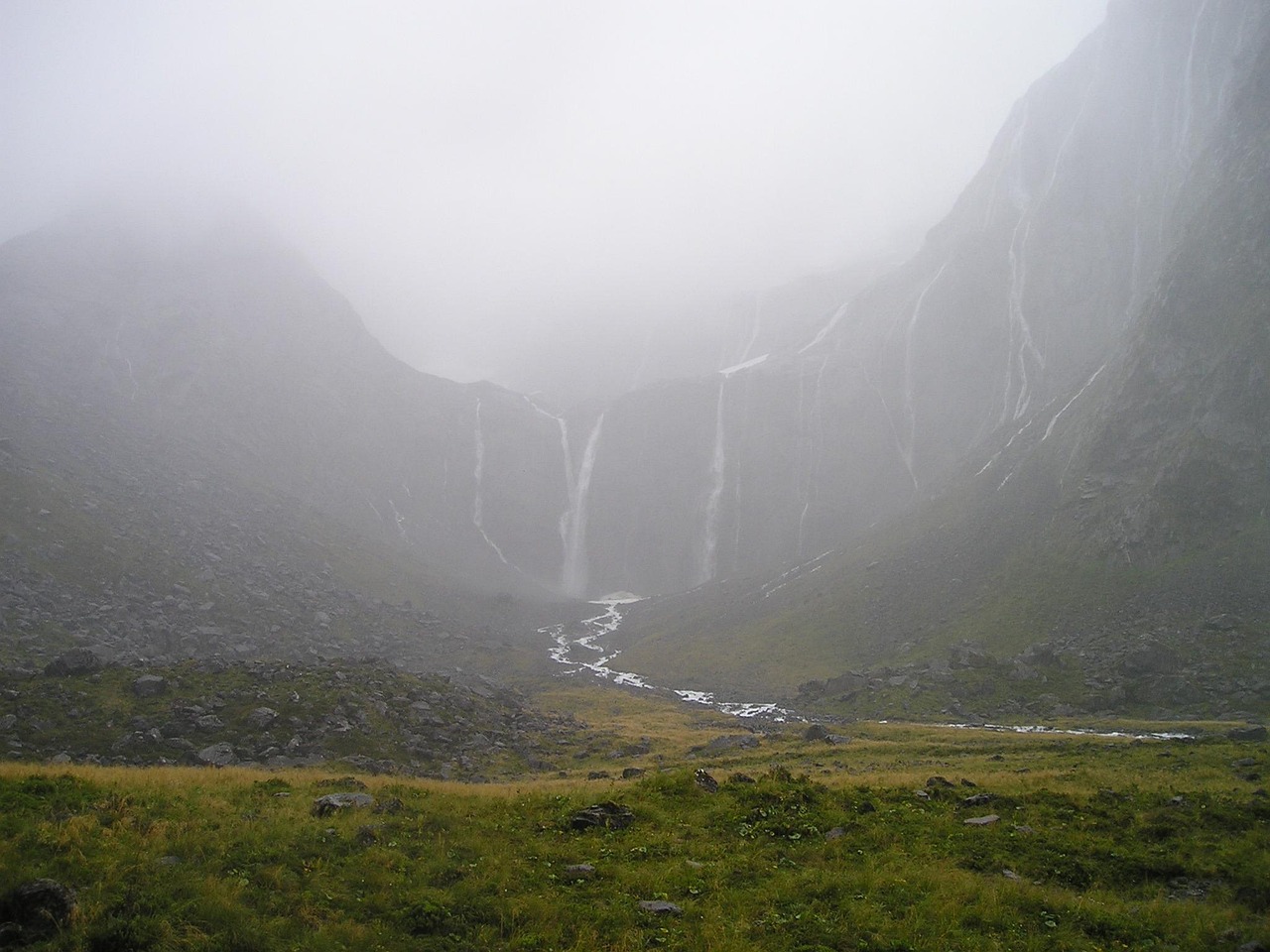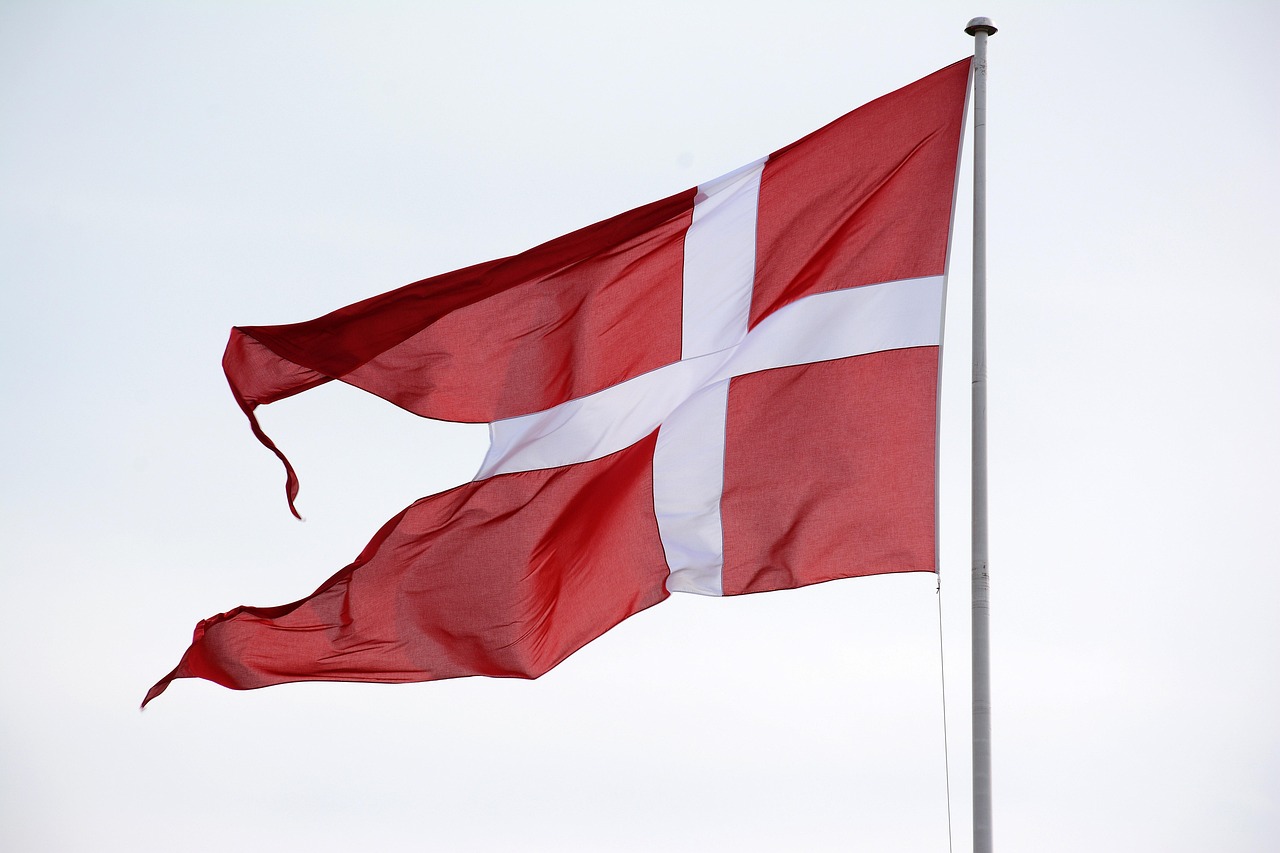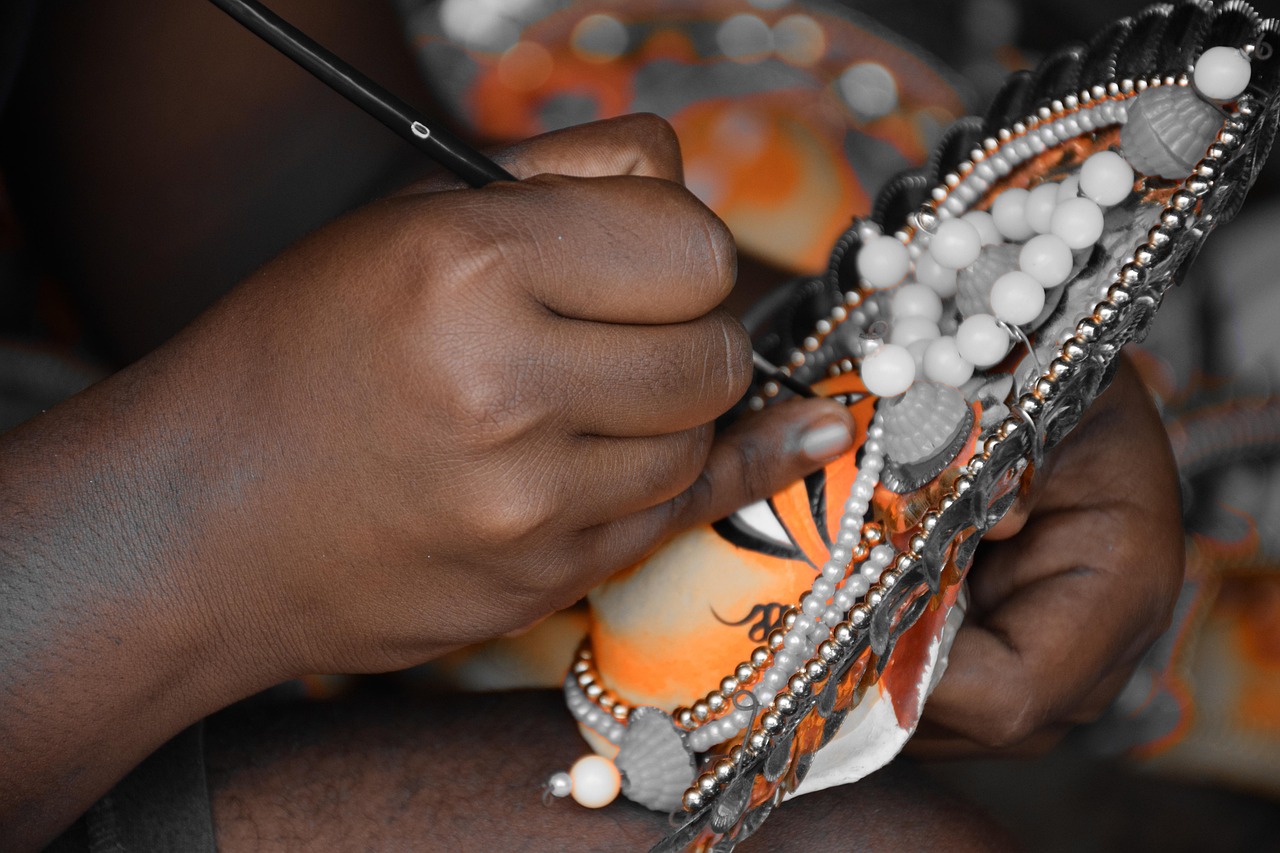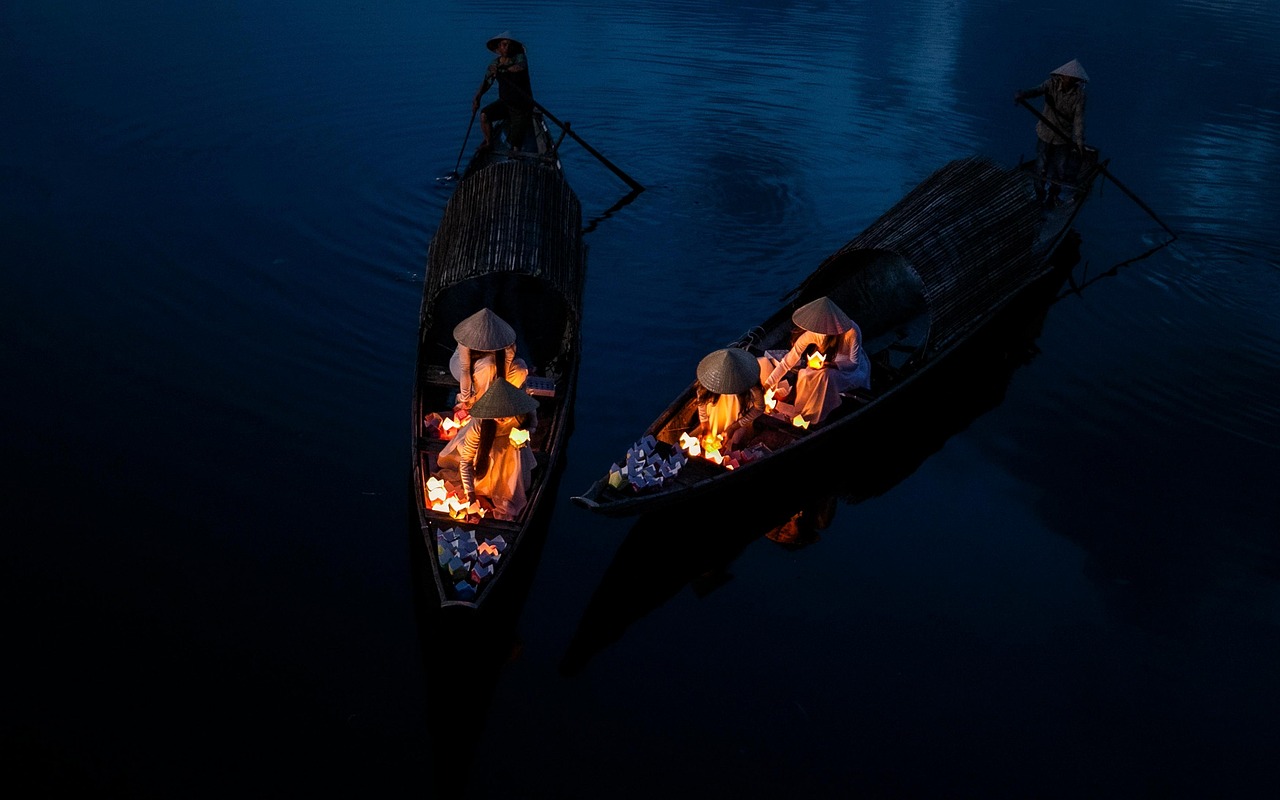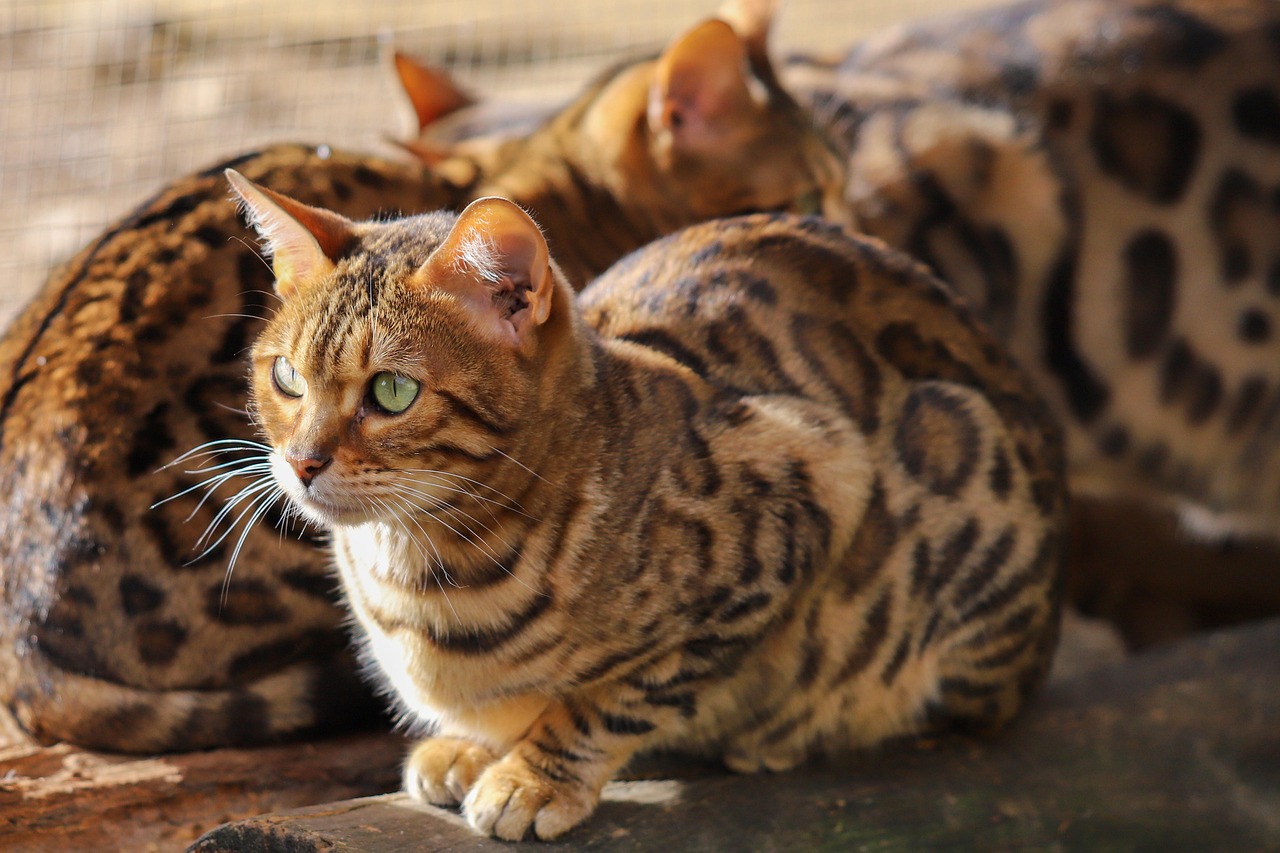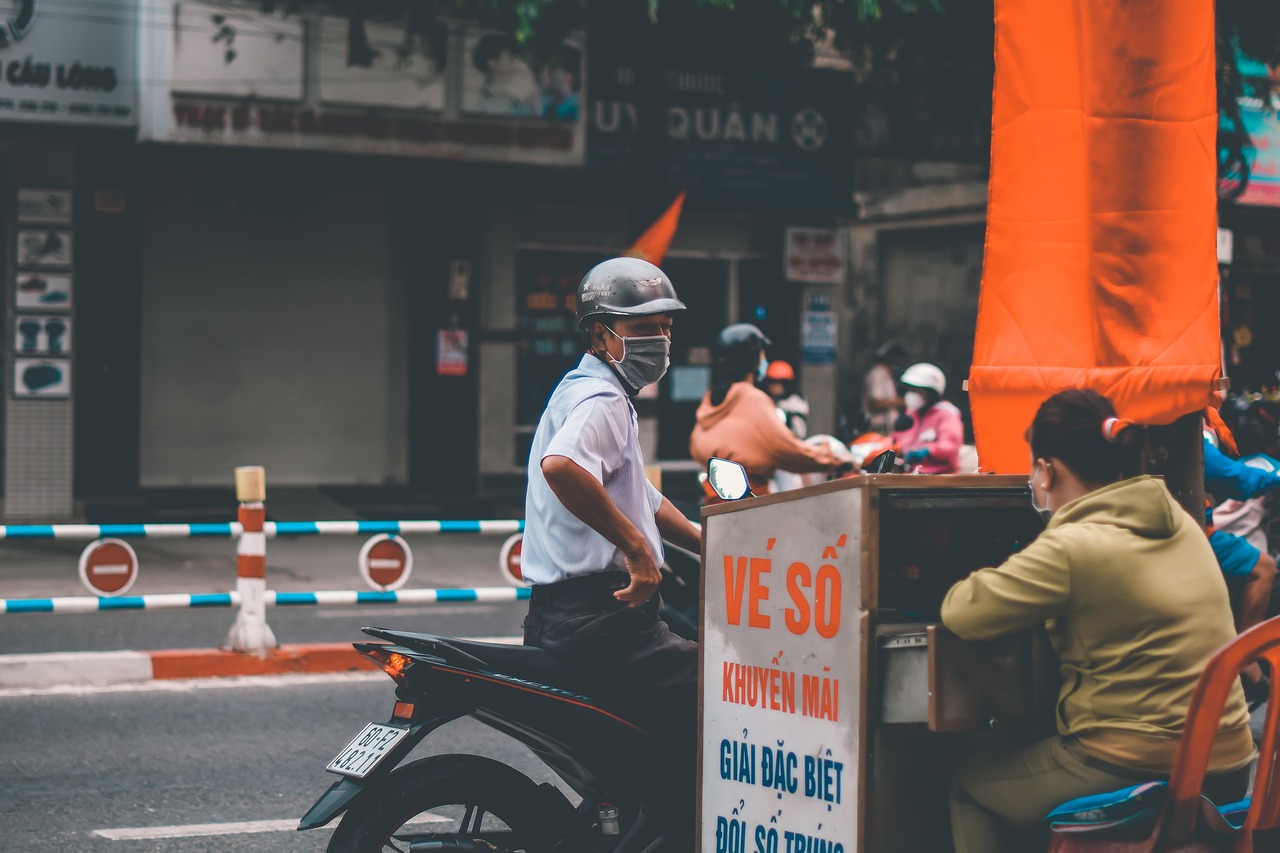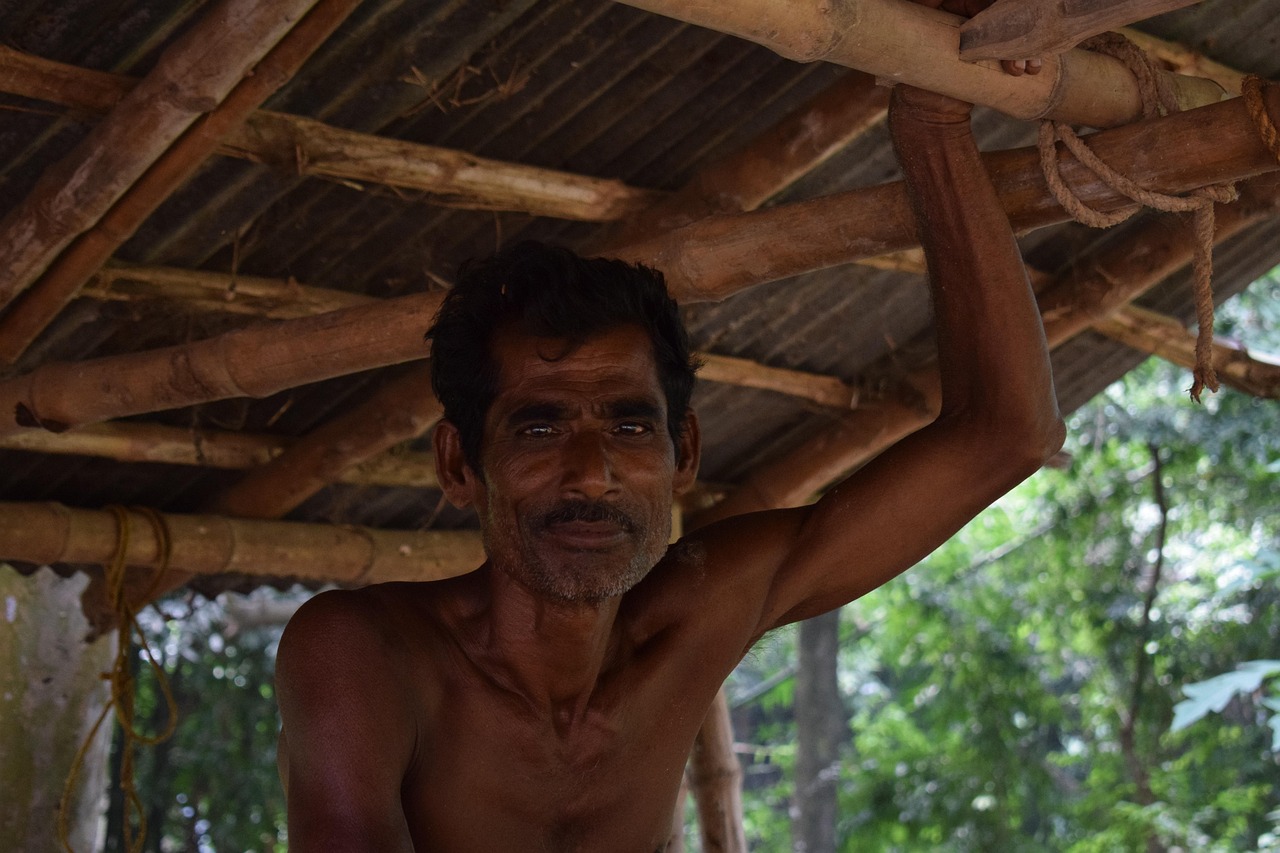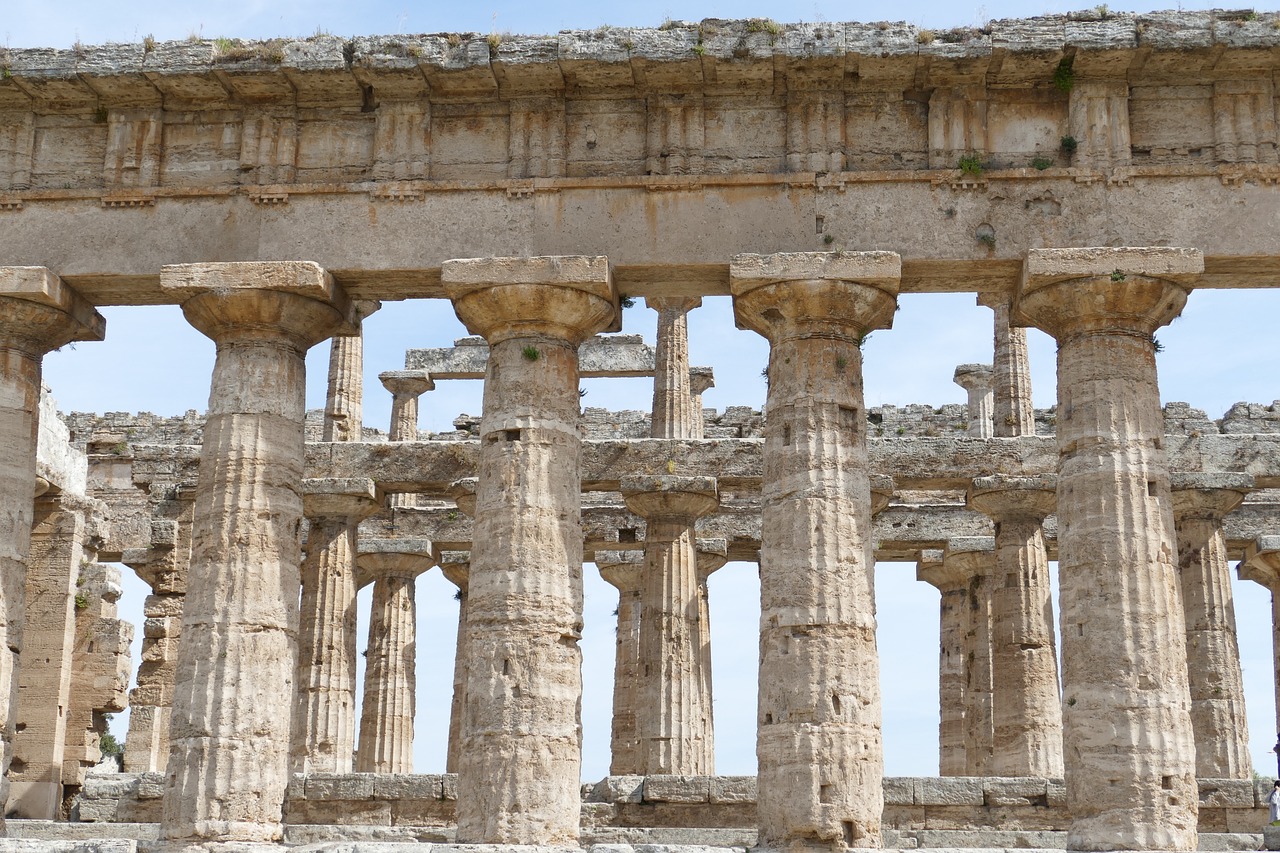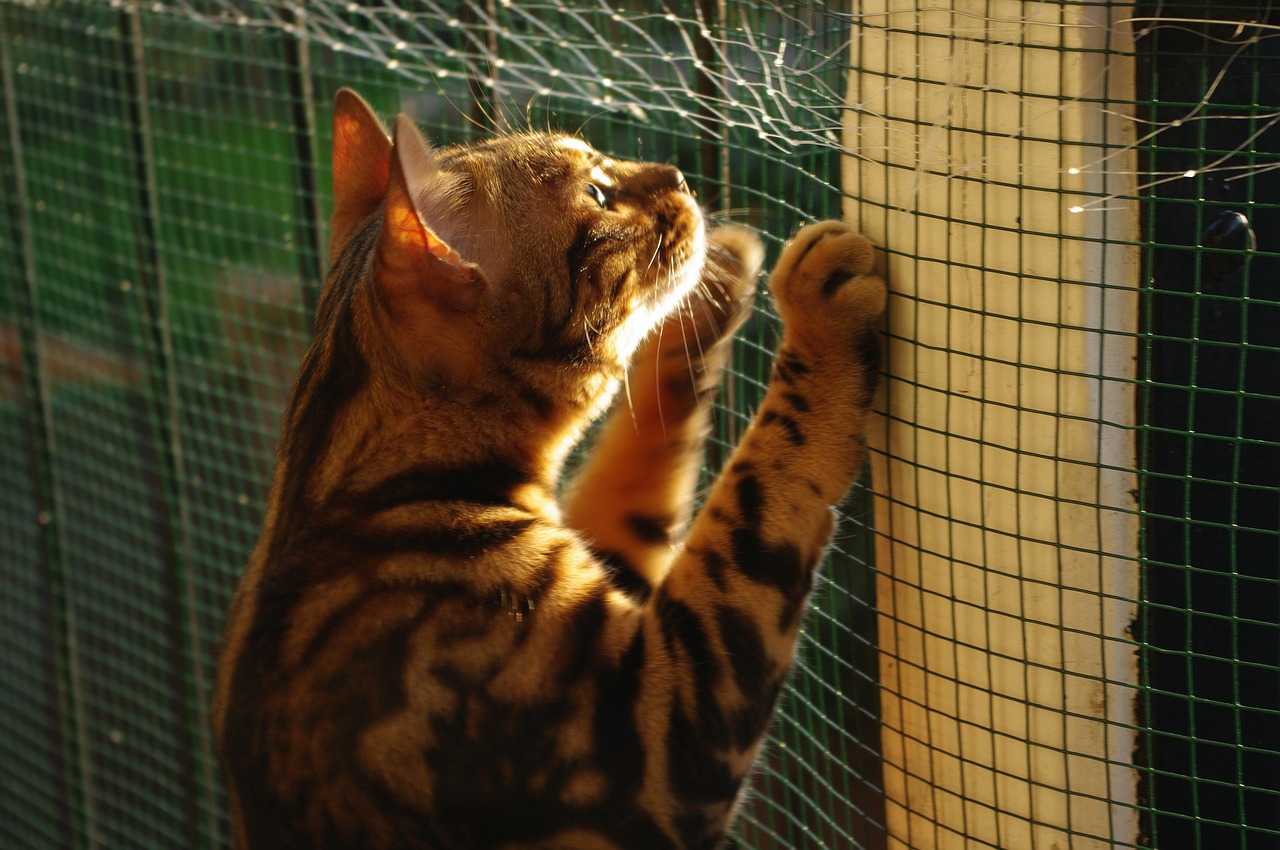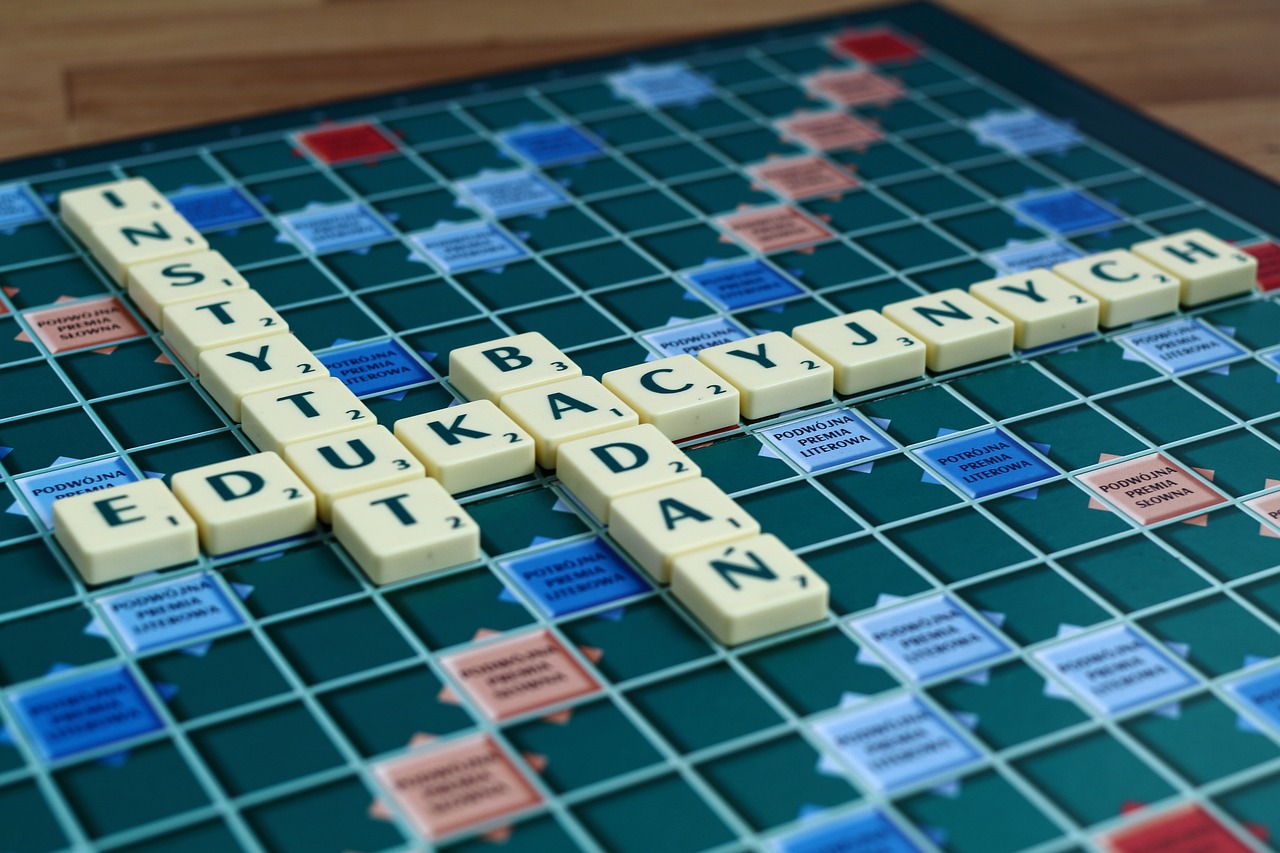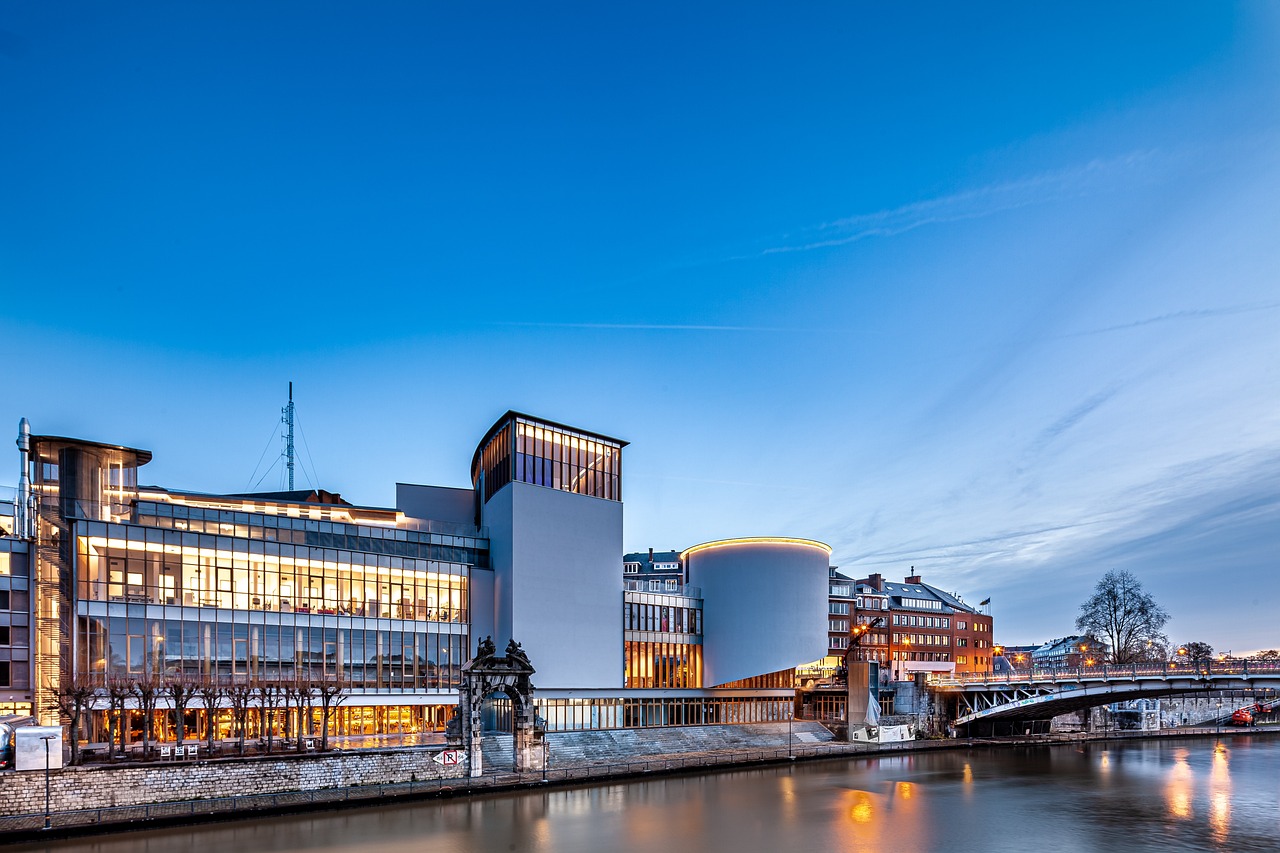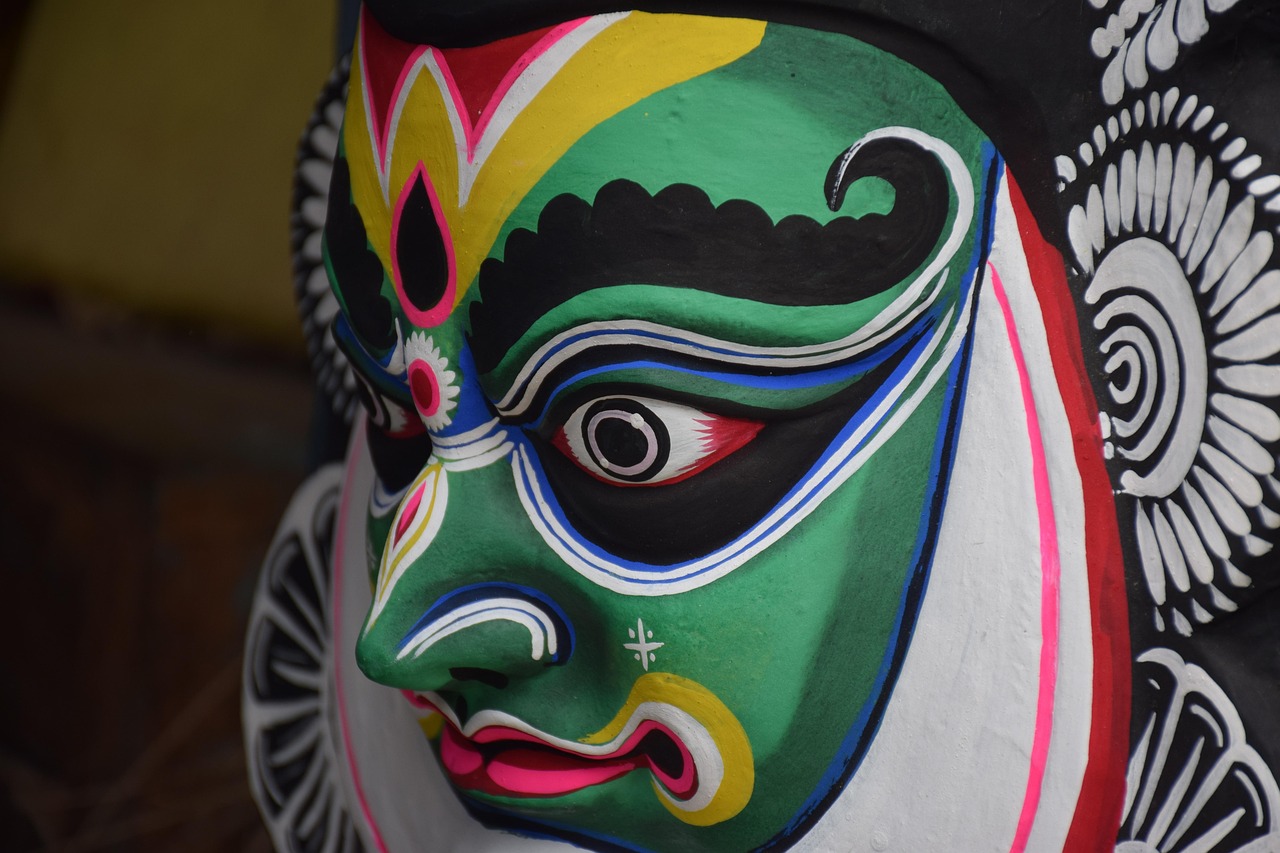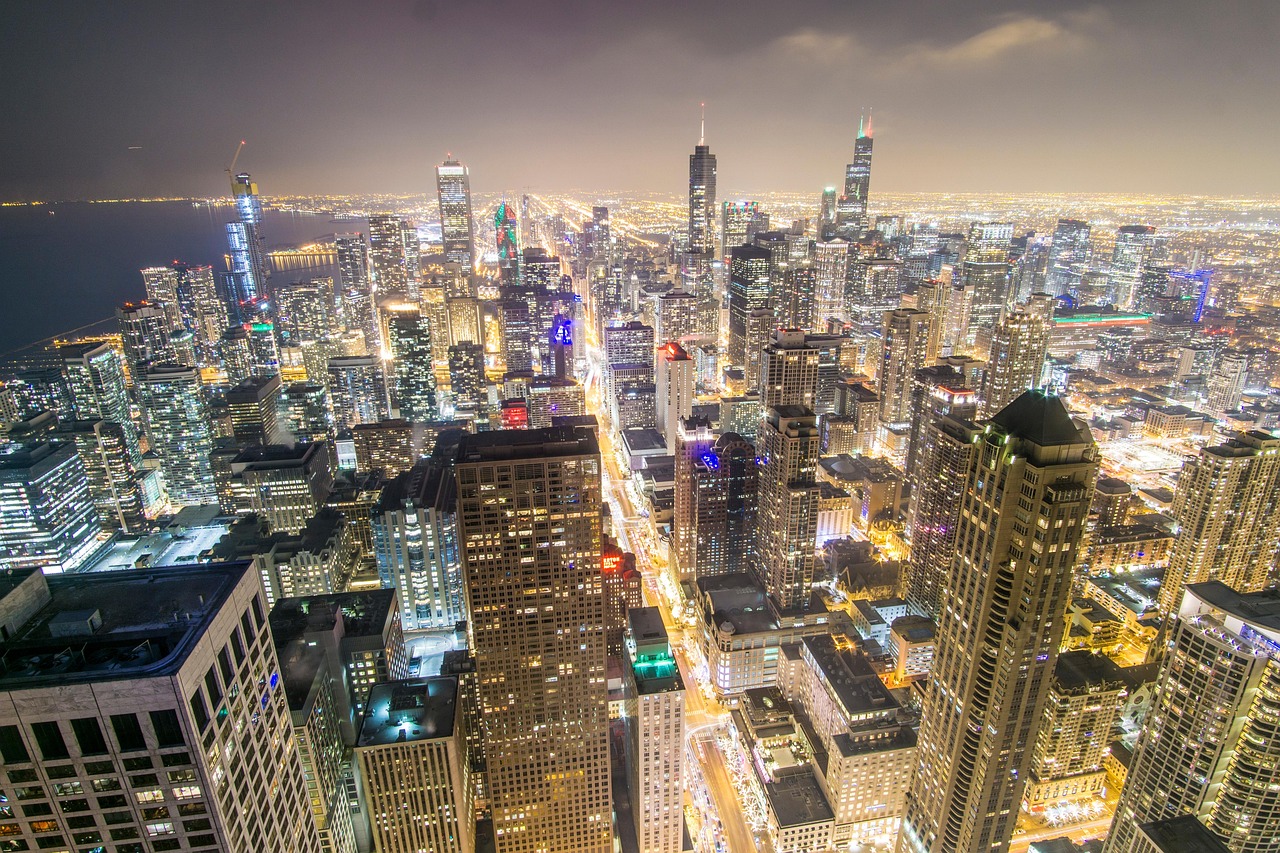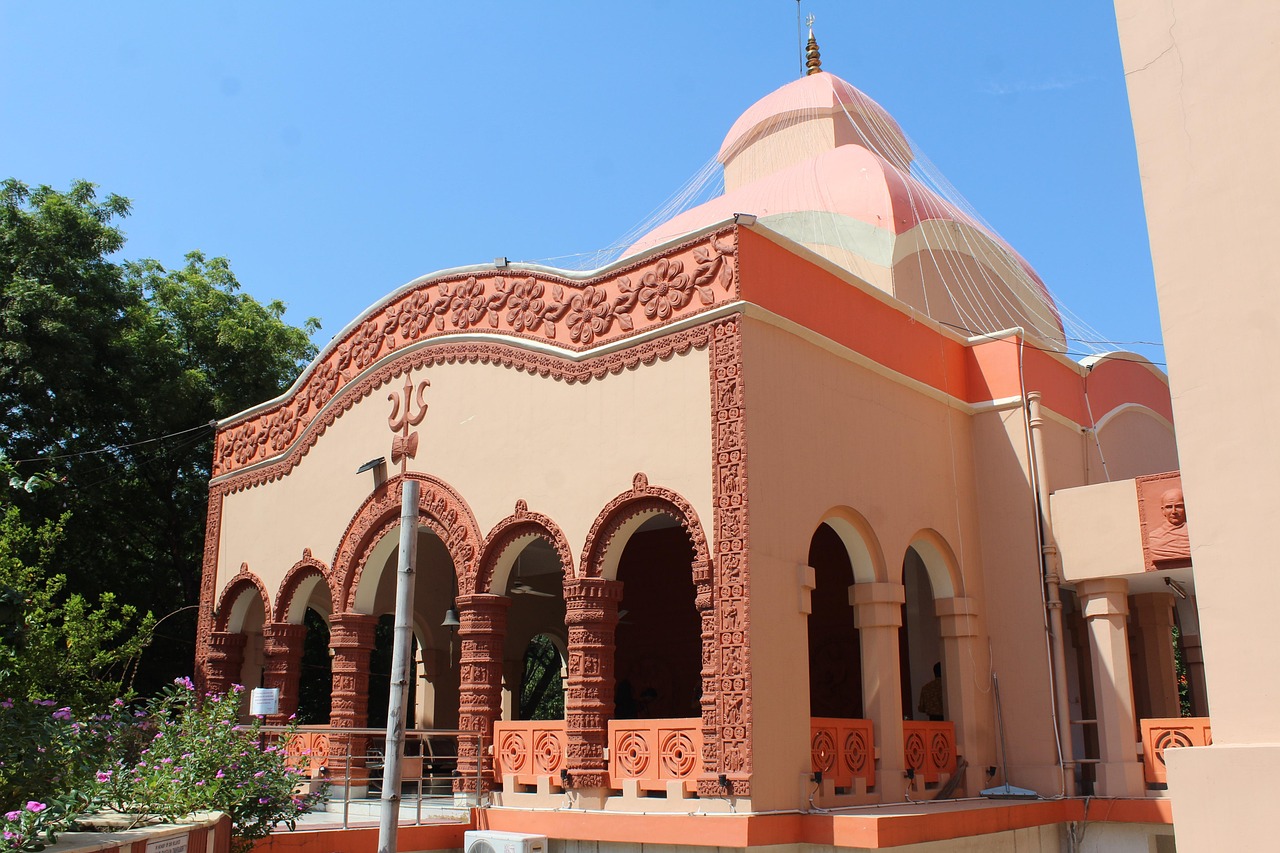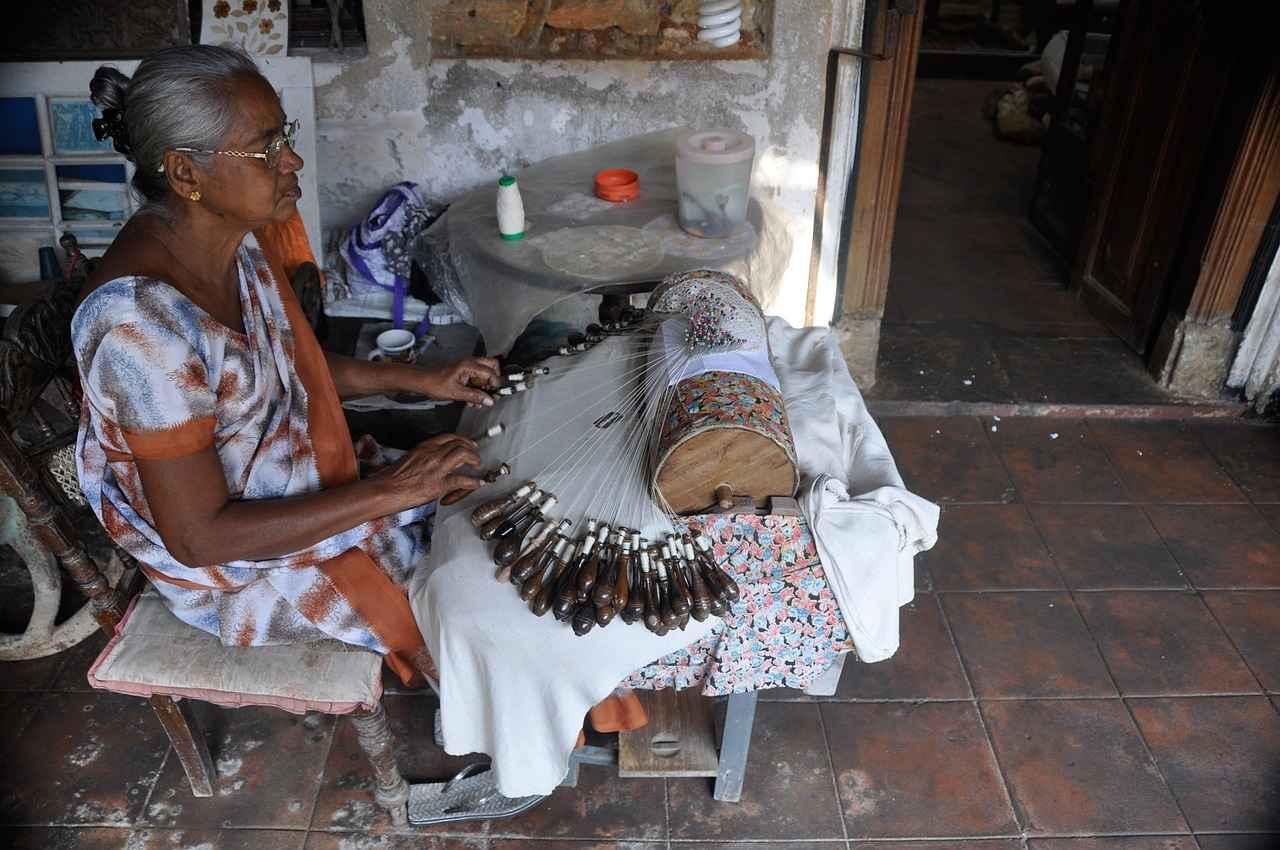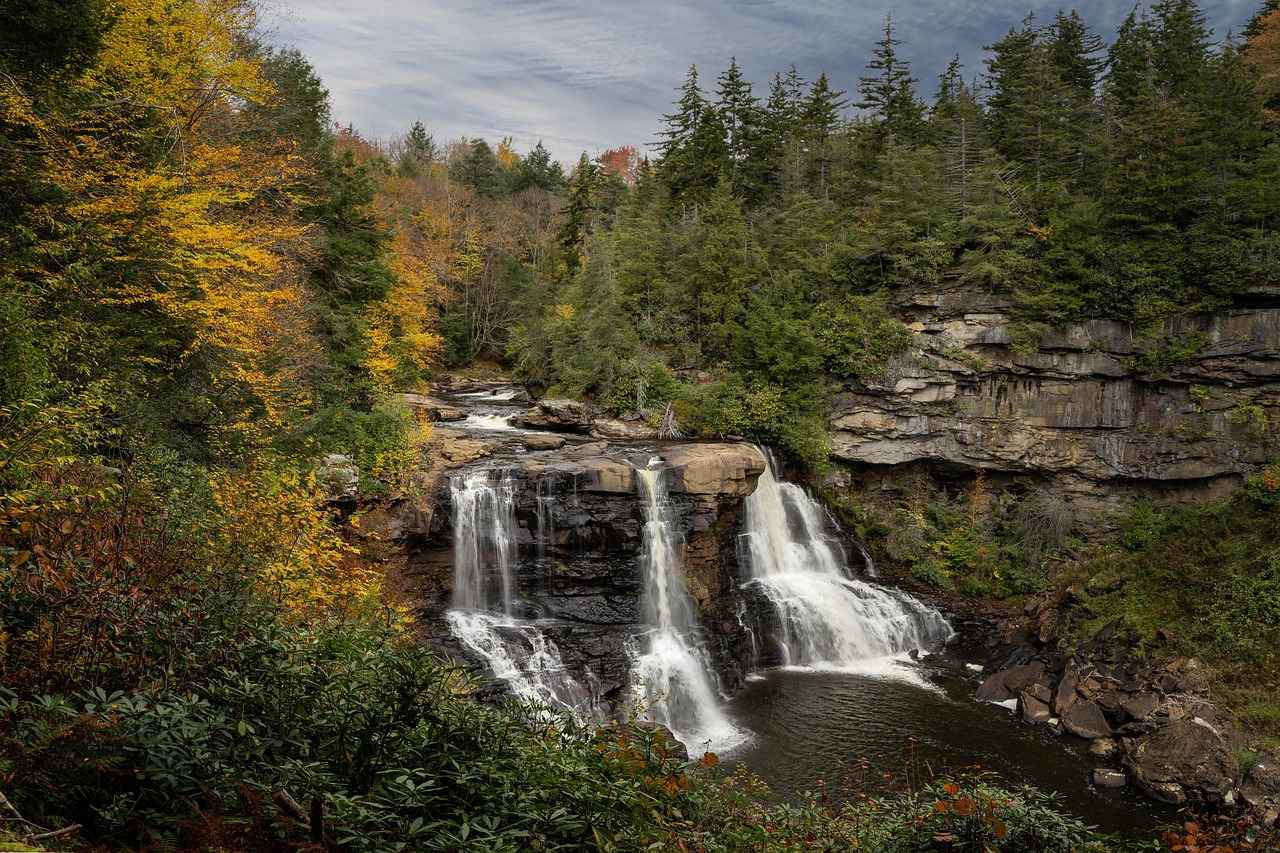This article delves into the vibrant culture and historical significance of West Bengal, showcasing its traditions, art forms, festivals, and more, to provide a comprehensive understanding of this fascinating Indian state.
A Glimpse into West Bengal’s History
West Bengal has a rich historical tapestry, influenced by various cultures and rulers. The state has ancient roots, with significant events like the Bengal Renaissance shaping its identity. This period saw a surge in cultural and intellectual awakening, leading to the emergence of notable figures in literature, arts, and social reform.
The Cultural Heritage of West Bengal
The cultural heritage of West Bengal is diverse and profound, encompassing literature, music, dance, and art. Key elements contributing to its unique cultural landscape include:
- Literature: Home to literary giants like Rabindranath Tagore, whose works have left a lasting impact.
- Music: Traditional forms like Rabindra Sangeet and Baul music reflect the soul of Bengal.
- Dance: Classical dance forms such as Kathakali and Odissi are celebrated for their grace and storytelling.
Festivals Celebrated in West Bengal
West Bengal is famous for its vibrant festivals that reflect its cultural diversity. Major festivals include:
- Durga Puja: The grandest festival, known for its elaborate decorations and community spirit.
- Poila Baisakh: Celebrating the Bengali New Year with traditional foods and cultural practices.
Culinary Delights of West Bengal
The cuisine of West Bengal is a delightful fusion of flavors and traditions. Iconic dishes include:
- Fish Curry: A staple in Bengali households, often prepared with mustard oil and spices.
- Sweets: Delicacies like rasgulla and sandesh are famous for their unique flavors.
Art and Craftsmanship in West Bengal
Renowned for its exquisite art, West Bengal showcases traditional crafts such as:
- Terracotta: A significant craft with a rich history, often seen in temples and sculptures.
- Handloom Weaving: Celebrated for intricate designs, especially in sarees like the famous Baluchari.
The Role of Education and Social Reform
Education and social reform have played pivotal roles in shaping modern West Bengal. Key figures have advocated for women’s rights and education, significantly impacting the state’s development.
Conclusion: The Enduring Legacy of West Bengal
West Bengal’s rich culture and history continue to inspire and influence. The state’s unique identity and ongoing contributions to Indian culture and society are a testament to its enduring legacy.

A Glimpse into West Bengal’s History
West Bengal, a state located in the eastern part of India, is a treasure trove of history and culture. Its historical narrative is a rich tapestry woven from the influences of various dynasties, cultures, and significant events that have shaped its identity over millennia. From ancient times to the modern era, West Bengal has been a melting pot of traditions and ideas.
The roots of West Bengal can be traced back to ancient civilizations, where it was known as Bengal. This region was home to several important kingdoms, such as the Maurya and Gupta Empires, which laid the foundations of governance, culture, and trade in the area. The Pal dynasty later contributed significantly to the region’s cultural and educational advancements, fostering the growth of Buddhism and the arts.
During the medieval period, the Bengal Sultanate emerged, marking a time of prosperity and cultural flourishing. The influence of Islam brought new architectural styles, literature, and culinary traditions that are still celebrated today. The arrival of the British East India Company in the 18th century drastically altered the socio-political landscape, leading to significant changes in administration and society.
West Bengal played a pivotal role in the Indian independence movement, with notable figures like Subhas Chandra Bose emerging from the state to lead the fight against colonial rule. The post-independence era saw the partition of Bengal in 1947, which had profound effects on the demographics and cultural fabric of the region.
Today, West Bengal stands as a testament to its rich historical legacy, with its diverse culture, languages, and traditions reflecting the myriad influences it has absorbed over centuries. The state’s historical sites, museums, and festivals continue to celebrate its past, inviting both locals and tourists to explore its vibrant heritage.
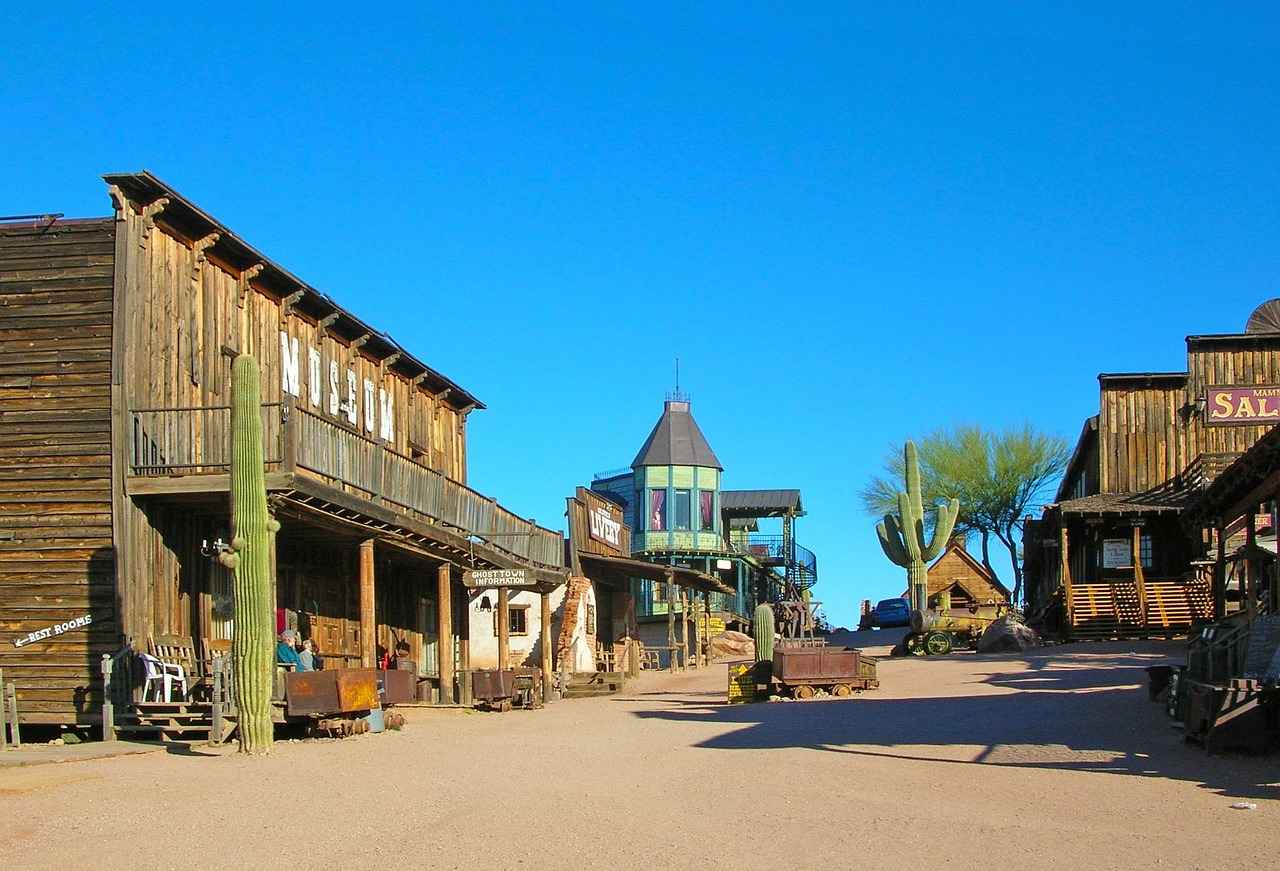
The Cultural Heritage of West Bengal
is a vibrant tapestry woven from various threads of history, art, and tradition. This Indian state, known for its rich cultural diversity, offers a profound glimpse into the artistic expressions that define its identity. From the literary masterpieces of its poets to the rhythmic beats of its traditional dances, West Bengal’s cultural landscape is both unique and captivating.
At the heart of this heritage lies literature, which has flourished over centuries. Renowned figures such as Rabindranath Tagore and Kazi Nazrul Islam have left indelible marks on Bengali literature, inspiring generations with their profound insights and poetic brilliance. Their works not only reflect the socio-political landscape of their times but also celebrate the essence of human emotions.
In addition to literature, music and dance play vital roles in the cultural fabric of West Bengal. Traditional forms like Rabindra Sangeet and Baul music resonate deeply with the populace, often performed during festivals and gatherings. The classical dance forms, such as Kathak and Odissi, showcase the grace and artistry that characterize Bengali culture, highlighting stories from mythology and everyday life.
Moreover, the state is famous for its vibrant festivals, which reflect its cultural richness. Celebrations such as Durga Puja not only honor the goddess but also foster a sense of community and belonging among the people. The elaborate rituals, artistic decorations, and communal feasting during these festivals are a testament to the state’s enduring traditions.
Furthermore, art and craftsmanship in West Bengal are noteworthy, with traditional crafts like terracotta pottery and handloom weaving being integral to its identity. The intricate designs of handwoven sarees, especially the famous Baluchari, are celebrated for their elegance and craftsmanship, contributing to the state’s economy and cultural heritage.
In conclusion, the cultural heritage of West Bengal is a multifaceted phenomenon that encompasses literature, music, dance, and art. Each element contributes to a rich narrative that continues to evolve while staying rooted in tradition. This vibrant cultural landscape not only defines the identity of West Bengal but also enriches the broader Indian cultural tapestry.
Literature: The Heart of Bengali Culture
Bengali literature is a vibrant tapestry woven from the threads of history, culture, and the human experience. It boasts a rich legacy, with a lineage of renowned poets and authors who have left an indelible mark on the literary world. This subsection delves into the contributions of literary giants, particularly Rabindranath Tagore and Kazi Nazrul Islam, whose works continue to resonate with readers both in India and globally.
Rabindranath Tagore, the first non-European Nobel laureate in Literature, is celebrated for his profound poetry, songs, and novels. His collection of poems, Gitanjali, reflects deep philosophical inquiries and a profound connection to nature and humanity. Tagore’s ability to blend the traditional with the modern has made his works timeless, influencing countless writers and artists.
Kazi Nazrul Islam, known as the Rebel Poet, infused Bengali literature with themes of revolution and social justice. His passionate verses challenge oppression and advocate for equality, making him a voice for the marginalized. Nazrul’s unique style combines elements of folk traditions with classical forms, creating a distinctive literary voice that continues to inspire.
The contributions of these literary figures extend beyond their written works; they played crucial roles in shaping the cultural identity of Bengal. Their poetry and prose reflect the socio-political landscape of their times, addressing issues of identity, freedom, and human rights. Through their narratives, they have fostered a sense of pride and resilience among the Bengali people.
In addition to Tagore and Nazrul, Bengali literature encompasses a multitude of voices, including contemporary writers who explore modern themes and challenges. The evolution of Bengali literature continues to thrive, reflecting the dynamic nature of society and culture.
In conclusion, Bengali literature is not merely a collection of texts; it is a living, breathing entity that encapsulates the spirit of a people. It invites readers to explore, reflect, and engage with the world around them, ensuring that the heart of Bengali culture beats strongly through its literary expressions.
Folk Literature and Oral Traditions
Folk literature is a vital aspect of West Bengal’s cultural identity, serving as a bridge between generations and preserving the rich oral traditions that define the region. This ancient art form encompasses a variety of storytelling techniques, including songs, proverbs, and folktales, which have been passed down through the ages. The significance of these narratives goes beyond mere entertainment; they are a reflection of the community’s values, beliefs, and history.
In Bengali culture, storytelling is not just an art; it is a communal experience. Families and friends gather to share tales that often carry moral lessons or cultural insights. This practice fosters a sense of belonging and continuity, allowing younger generations to connect with their heritage. The stories often feature mythical heroes, local legends, and moral dilemmas, making them relatable and engaging for listeners of all ages.
The role of performance in folk literature cannot be understated. Many stories are accompanied by music and dance, transforming them into vibrant cultural events. Traditional forms like Jatra and Baul
Moreover, the preservation of folk literature is crucial in an age of rapid modernization. As urbanization increases, there is a risk that these oral traditions may fade away. Efforts are being made to document and promote folk narratives, ensuring that the voices of the past continue to resonate in contemporary society.
In conclusion, folk literature plays an indispensable role in the cultural fabric of West Bengal. Through storytelling, communities not only preserve their identity but also enrich their social interactions, making it a cornerstone of Bengali cultural heritage.
Modern Bengali Literature
has emerged as a vibrant reflection of the complexities and nuances of contemporary society. In the 21st century, Bengali writers have adeptly navigated through various themes, including identity, migration, gender issues, and the impact of technology. This section explores the evolution of literature in this dynamic era, showcasing the works and contributions of notable authors.
As we delve into the modern literary landscape, it is essential to recognize the influence of global trends on Bengali literature. Writers have increasingly engaged with post-colonial narratives, challenging traditional norms and exploring the intersections of culture and modernity. The emergence of new genres, such as graphic novels and digital storytelling, has also transformed the way stories are told and consumed.
- Emerging Voices: New authors are stepping into the spotlight, bringing fresh perspectives and innovative styles. Writers like Sharmila Ray and Sayak Banerjee are gaining recognition for their thought-provoking narratives that resonate with the youth.
- Women in Literature: The role of women writers has become increasingly significant, with authors such as Suchitra Bhattacharya and Samina Khatun addressing issues of gender and empowerment through their works.
- Translation and Global Reach: The translation of Bengali literature into other languages has allowed these stories to reach a broader audience, fostering cultural exchange and appreciation.
Moreover, the rise of social media has provided a platform for writers to share their work and engage with readers directly. This has led to a resurgence of interest in Bengali literature, particularly among younger audiences who are eager to explore their cultural roots.
In conclusion, is not just a continuation of a rich tradition; it is a living, breathing entity that reflects the ever-changing landscape of society. As we look to the future, the potential for innovation and exploration within this literary domain remains boundless, promising to captivate readers for generations to come.
Music and Dance: Expressions of Joy
Music and dance are not just forms of entertainment in West Bengal; they are profound expressions of the state’s rich cultural identity. These art forms have been woven into the very fabric of Bengali life, resonating with the emotions, traditions, and stories of its people.
One of the most celebrated musical traditions in West Bengal is Rabindra Sangeet, a genre created by the illustrious poet and composer Rabindranath Tagore. His songs, characterized by their lyrical beauty and emotional depth, cover a wide range of themes, from love and nature to patriotism and spirituality. The melodies of Rabindra Sangeet are often performed at cultural events, family gatherings, and festivals, creating a sense of unity and shared joy among the participants.
In addition to Rabindra Sangeet, the state is home to various folk music traditions, such as Bhatiali and Baul music. Bhatiali, sung by fishermen, reflects the serene beauty of rivers, while Baul music, performed by wandering minstrels, conveys deep philosophical themes and the quest for spiritual enlightenment.
When it comes to dance, West Bengal boasts an array of classical and folk dance forms. Among these, Kathakali stands out as a vibrant and expressive dance-drama that narrates stories from Hindu mythology. Its colorful costumes, intricate facial expressions, and rhythmic footwork captivate audiences, making it a significant part of cultural performances.
Moreover, the Chhau dance, originating from the Purulia district, combines martial arts, acrobatics, and storytelling, showcasing the physical prowess and artistic skills of the dancers. This dance form is often performed during festivals and cultural celebrations, further enriching the cultural tapestry of West Bengal.
In conclusion, music and dance in West Bengal are vital to its cultural expression. They not only entertain but also preserve the state’s history and traditions, making them essential components of Bengali identity. As these art forms continue to evolve, they remain a source of pride and joy for the people of West Bengal.
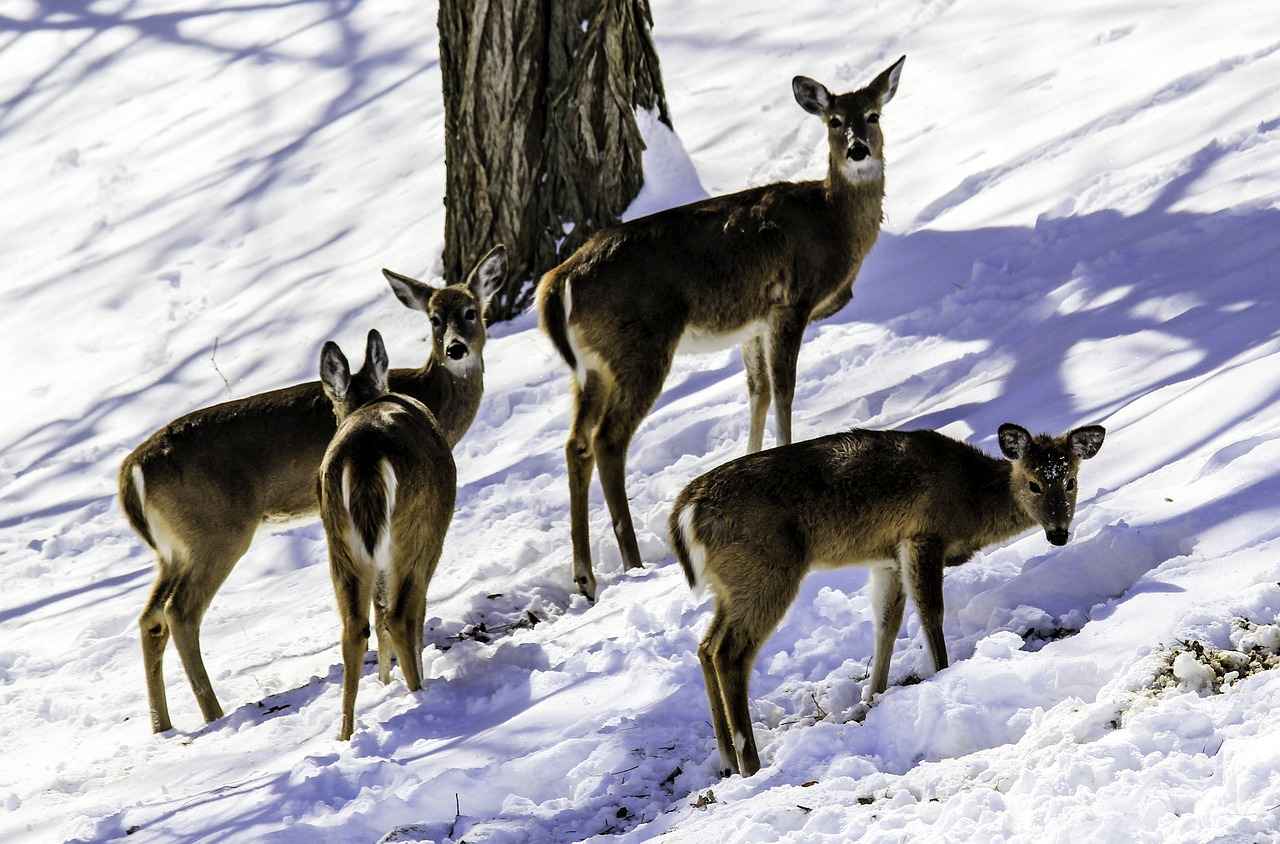
Festivals Celebrated in West Bengal
West Bengal, a state renowned for its rich cultural heritage, is home to a plethora of vibrant festivals that showcase its diverse traditions and community spirit. These festivals not only celebrate religious beliefs but also reflect the unique customs and practices of the Bengali people. Below, we explore some of the most significant festivals celebrated across the state, highlighting their importance and the rituals associated with them.
- Durga Puja: Undoubtedly the most grand and celebrated festival in West Bengal, Durga Puja honors the goddess Durga. This festival typically spans over five days and involves elaborate rituals, including the creation of intricate idols, community gatherings, and cultural performances. The streets come alive with decorations, and the atmosphere is filled with joy and reverence.
- Poila Baisakh: Marking the Bengali New Year, Poila Baisakh is celebrated with great enthusiasm. On this day, families come together to enjoy traditional foods, wear new clothes, and participate in cultural events. The festival symbolizes new beginnings and is significant for both personal and agricultural prosperity.
- Kalipuja: Dedicated to the goddess Kali, Kalipuja is celebrated with fervor, especially in rural areas. Devotees perform rituals that include offerings of flowers and sweets, and the night is illuminated with lamps and fireworks, creating a mystical atmosphere.
- Chhath Puja: This festival is primarily celebrated by the Bihari community in West Bengal, dedicated to the Sun god, Surya. Chhath Puja involves rigorous fasting and ritualistic bathing in rivers, showcasing the deep respect for nature and its elements.
- Jagaddhatri Puja: Particularly popular in the city of Krishnanagar, Jagaddhatri Puja celebrates the goddess Jagaddhatri, an incarnation of Durga. The festival includes processions, music, and dance, reflecting the local culture and traditions.
Each of these festivals not only highlights the rich cultural tapestry of West Bengal but also fosters a sense of community and togetherness among its people. The rituals and celebrations associated with these festivals are a testament to the state’s enduring legacy of tradition and cultural pride.
Durga Puja: The Grandest Festival
Durga Puja stands as a monumental celebration in the heart of West Bengal, transcending mere religious observance to embody a vibrant cultural phenomenon. Each year, millions flock to the state to partake in this grand festival, which typically spans over ten days, culminating in the immersion of the Durga idol in rivers and water bodies.
The origins of Durga Puja can be traced back to ancient times, with roots in both Hindu mythology and local traditions. It celebrates the victory of the goddess Durga over the buffalo demon Mahishasura, symbolizing the triumph of good over evil. This narrative is not just a story; it is a representation of the struggle and resilience inherent in the human spirit.
Throughout the festival, rituals play a pivotal role. The Mahalaya, which marks the beginning of the festivities, is observed with the chanting of hymns and the invocation of the goddess. The Shashthi marks the official start of the Puja, where the idol is unveiled, and the rituals of worship commence. Each day is filled with various puja rituals, including anjali (offering of flowers) and bhog (food offerings), culminating in the Vijaya Dashami, where the idol is immersed, signifying the return of the goddess to her celestial abode.
However, Durga Puja is not just about rituals; it fosters a strong communal spirit. Families and friends come together to celebrate, share meals, and participate in cultural activities. The festival is also known for its elaborate pandals (temporary structures), which are artistically designed and themed, attracting visitors from all walks of life.
Moreover, Durga Puja serves as a platform for showcasing local art and craftsmanship. Artisans work tirelessly to create intricate idols and decorations, preserving traditional techniques while also embracing contemporary styles. This fusion of the old and new reflects the dynamic nature of Bengali culture.
In conclusion, Durga Puja is more than just a festival; it is a celebration of life, community, and culture in West Bengal. Its historical significance, coupled with the vibrant rituals and communal harmony it fosters, makes it a unique and cherished event, drawing people together in a shared experience of devotion and joy.
Poila Baisakh: Bengali New Year
Poila Baisakh, the Bengali New Year, is a vibrant celebration that marks the beginning of the Bengali calendar. This festive occasion is not just a date on the calendar; it is a significant cultural event that resonates deeply within the hearts of the Bengali people, both in India and across the globe. The day typically falls on April 14th or 15th and is celebrated with immense enthusiasm and joy.
The customs associated with Poila Baisakh are rich and varied. People dress in traditional attire, with women adorning themselves in beautiful sarees and men in dhotis. The day begins with early morning rituals, where families perform puja (prayers) to seek blessings for prosperity and happiness in the year ahead. New clothes and fresh beginnings are symbolized through these rituals, setting a positive tone for the year.
Food plays a crucial role in the celebrations of Poila Baisakh. Traditional dishes are prepared, with a special emphasis on panta bhat (fermented rice), which is often served with fried hilsa fish, green chilies, and raw onions. Sweets also take center stage, with iconic treats such as mishti doi (sweetened yogurt) and rasgulla being enjoyed by all. The culinary diversity of Bengali cuisine is showcased during this time, making it a feast for the senses.
In addition to food and rituals, cultural programs are organized across the state, featuring traditional music, dance, and art. Folk performances and local fairs add to the festive atmosphere, inviting people to engage and celebrate together. The communal spirit is palpable, as families and friends come together to share in the joy of new beginnings.
Overall, Poila Baisakh is a beautiful amalgamation of tradition, culture, and community spirit. It serves as a reminder of the rich heritage of the Bengali people and their enduring love for celebration. As the new year unfolds, it brings with it hopes and aspirations, making it a truly special occasion.
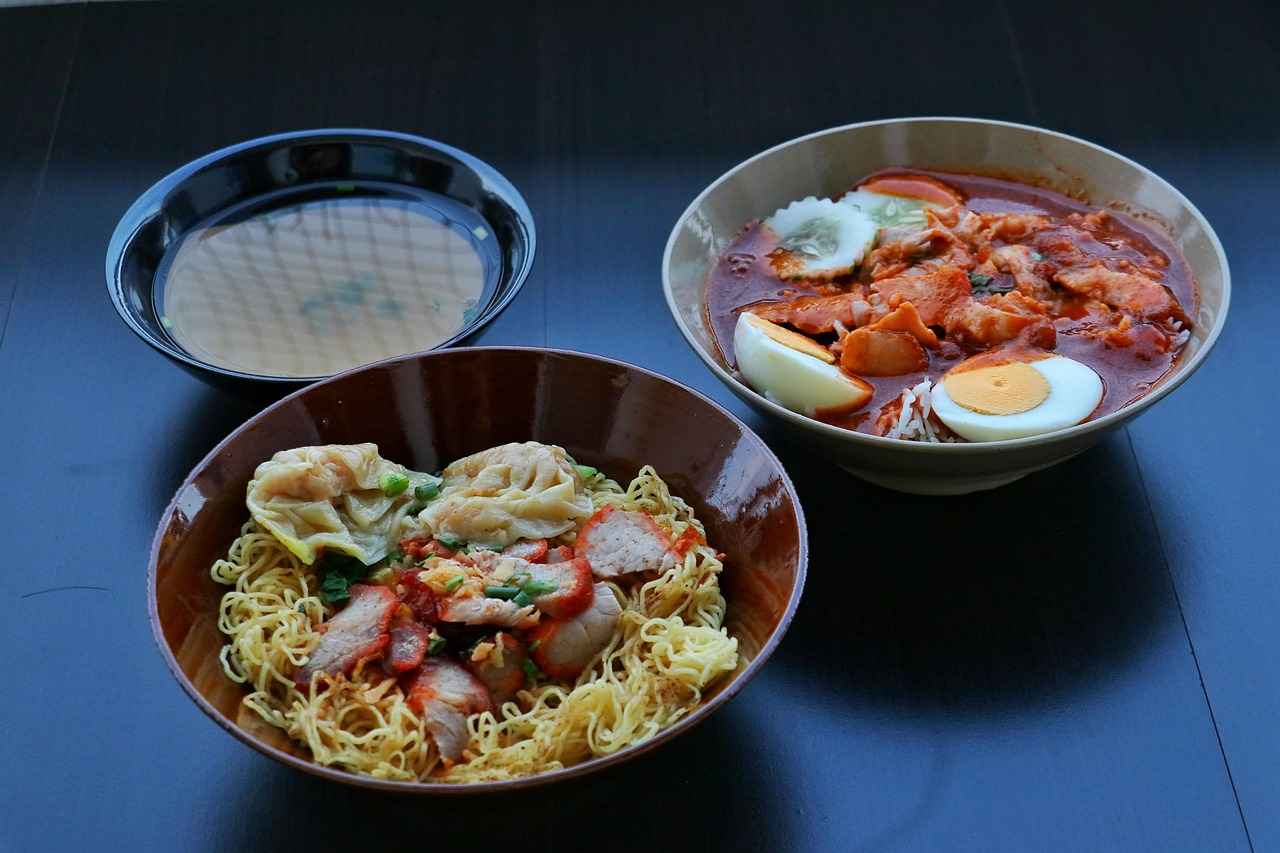
Culinary Delights of West Bengal
The cuisine of West Bengal is a captivating blend of flavors, ingredients, and culinary traditions that reflect the region’s rich cultural heritage. With its roots deeply embedded in the agricultural practices of the fertile Gangetic plains, Bengali food is known for its emphasis on freshness and seasonality. This section explores the unique culinary practices and popular dishes that define Bengali food culture, showcasing its diversity and richness.
Bengali cuisine is characterized by its use of rice as a staple food, accompanied by a variety of fish, lentils, vegetables, and meats. Fish, especially varieties like hilsa and rohu, holds a special place in the hearts of Bengalis, often prepared in a myriad of ways, from spicy curries to delicate steamed dishes. The famous macher jhol (fish curry) is a quintessential Bengali dish that epitomizes the region’s love for seafood.
- Traditional Bengali Dishes: Dishes like shorshe ilish (hilsa fish in mustard sauce), chingri malai curry (prawn curry with coconut milk), and shobji bhaja (fried vegetables) are staples at Bengali feasts.
- Sweets: No discussion of Bengali cuisine is complete without mentioning its exquisite sweets. Rasgulla and sandesh are iconic desserts that showcase the region’s penchant for milk-based sweets.
Moreover, the street food scene in West Bengal is vibrant and diverse. Puchka (pani puri), kathi rolls, and jhal muri (spicy puffed rice) are popular snacks that not only tantalize taste buds but also offer a glimpse into the everyday life of the locals.
In conclusion, the are a reflection of its rich cultural tapestry. From traditional dishes that have been passed down through generations to the lively street food that fills the air with enticing aromas, Bengali cuisine is a true celebration of flavors, making it a significant part of the state’s identity.
Traditional Bengali Dishes
are a vibrant reflection of the state’s rich culture and culinary heritage. Renowned for their diversity and depth of flavor, these dishes are not just meals but also a significant part of Bengali traditions and celebrations. This section explores some iconic dishes that define Bengali cuisine, their ingredients, and cultural significance.
- Fish Curry (Macher Jhol): A staple in Bengali households, this dish typically features fresh fish cooked in a light, flavorful gravy made with spices, potatoes, and tomatoes. The use of mustard oil adds a distinctive taste, making it a beloved dish during family gatherings.
- Rice (Bhaat): Rice is the cornerstone of Bengali meals and is often served with various curries and sides. The phrase “Bhaat is life” resonates deeply in Bengali culture, emphasizing its importance in daily dining.
- Sweets (Mishti): Bengali sweets are world-famous, with rasgulla and sandesh being among the most celebrated. These desserts, made from chhena (curdled milk), symbolize joy and are often prepared during festivals and special occasions.
- Shorshe Ilish: This iconic dish features hilsa fish cooked in a mustard sauce, showcasing the traditional use of mustard seeds in Bengali cooking. It is often considered the epitome of Bengali cuisine and is a must-try for anyone exploring the flavors of the region.
- Chingri Malai Curry: A luxurious dish made with prawns cooked in coconut milk and spices, it highlights the coastal influences in Bengali cooking. This dish is often reserved for special occasions, making it a symbol of celebration and hospitality.
Each of these dishes tells a story, reflecting the history and culture of West Bengal. Whether it’s the daily meal or a festive spread, Bengali cuisine is a testament to the state’s culinary artistry and its deep-rooted traditions.
Street Food: A Taste of Everyday Life
Street food in West Bengal is not just about quick bites; it represents the vibrant culture and traditions of the region. The streets are alive with vendors offering an array of delectable dishes that reflect the local flavors and culinary heritage. From bustling markets to quiet lanes, street food has become an integral part of everyday life for both locals and visitors alike.
One of the most popular street foods is puchka, known elsewhere as pani puri. These crispy, hollow puris are filled with a spicy mixture of tamarind water, chickpeas, and potatoes, creating a burst of flavors with every bite. Another favorite is kathi rolls, where marinated meats or vegetables are wrapped in a paratha, making for a perfect on-the-go meal.
Jhal muri, a spiced puffed rice snack, is also a must-try. It’s mixed with mustard oil, chopped onions, and green chilies, offering a delightful crunch. For those with a sweet tooth, mishti doi, a traditional sweet yogurt, and sandesh, a milk-based sweet, are popular choices that exemplify Bengali desserts.
| Street Food | Description |
|---|---|
| Puchka | Crispy puris filled with spicy tamarind water and chickpeas. |
| Kathi Rolls | Marinated meats or veggies wrapped in a paratha. |
| Jhal Muri | Spiced puffed rice mixed with mustard oil and veggies. |
| Mishti Doi | Sweetened yogurt, a classic Bengali dessert. |
| Sandesh | Milk-based sweet, often flavored with cardamom. |
Street food in West Bengal is more than just sustenance; it’s a cultural experience. Each dish tells a story, reflecting the rich history and the diverse communities that call this region home. Whether you’re wandering through the busy streets of Kolkata or exploring local markets, the tantalizing aromas and flavors of street food are sure to create lasting memories.

Art and Craftsmanship in West Bengal
West Bengal is a vibrant tapestry of artistic expression and traditional craftsmanship that reflects the state’s rich cultural heritage. The diverse crafts of West Bengal not only showcase the creativity of its artisans but also tell stories of the region’s history and identity. This section delves into the various traditional crafts, including pottery, weaving, and painting, that are integral to the state’s artistic legacy.
Pottery: A Timeless Craft
Pottery in West Bengal is a time-honored craft, with artisans creating stunning pieces that are both functional and decorative. The craft is particularly prominent in areas like Khurda and Birbhum, where traditional techniques have been passed down through generations. The intricate designs and vibrant colors of these pottery pieces often depict local folklore and nature, making them a true representation of Bengali culture.
Weaving: The Art of Textiles
Handloom weaving is another cornerstone of West Bengal’s craftsmanship. The state is famous for its exquisite textiles, particularly the Banarasi sarees and Murshidabad silk. Each piece is meticulously crafted, showcasing elaborate patterns and vibrant colors. The weaving community plays a vital role in the economy of West Bengal, with many families relying on this craft for their livelihood. The Jamini Roy style of painting on textiles further enhances the cultural significance of these woven masterpieces.
Painting: A Canvas of Expression
The artistic expression of West Bengal is beautifully captured in its painting traditions. From the Kalighat paintings, which portray mythological themes, to the Patachitra scroll paintings that narrate stories, each style has its unique charm. These paintings not only serve as decorative art but also as a means of storytelling, preserving the rich folklore and traditions of the state.
In conclusion, the art and craftsmanship of West Bengal are a testament to the state’s rich cultural heritage. Each craft, whether it be pottery, weaving, or painting, contributes to a vibrant artistic landscape that continues to thrive. By supporting local artisans and preserving these traditions, we ensure that the legacy of West Bengal’s craftsmanship endures for future generations.
Terracotta and Pottery
Terracotta art has long been a defining feature of West Bengal’s rich cultural landscape. This ancient craft, which involves shaping and firing clay to create decorative and functional pieces, is not merely an artistic expression but also a reflection of the region’s historical and social narratives.
The origins of terracotta art in West Bengal can be traced back to ancient times, where it was used to create religious idols, decorative tiles, and everyday utensils. The craft has evolved over the centuries, influenced by various cultural and artistic movements, yet it has retained its traditional essence.
One of the most remarkable aspects of terracotta art is its cultural relevance. Artisans create intricate designs that often depict mythological stories, local flora and fauna, and social themes. These pieces serve not only as art but also as a medium to convey the rich tapestry of Bengali folklore and traditions.
The artisans of West Bengal, often referred to as kumhars or potters, play a crucial role in preserving this art form. Many of these skilled craftsmen come from families with generations of experience, ensuring that the techniques and knowledge are passed down. They work tirelessly, often using traditional methods that have remained unchanged for centuries, to produce stunning terracotta works that are both beautiful and functional.
Today, terracotta art faces challenges from industrialization and changing consumer preferences. However, initiatives by local governments and NGOs aim to revive interest in this traditional craft. Workshops, exhibitions, and fairs are organized to promote the artisans’ work, helping to sustain the craft and keep the cultural heritage alive.
In conclusion, terracotta art is not just a craft in West Bengal; it is a living tradition that embodies the region’s history, culture, and the dedication of its artisans. As we appreciate these beautiful creations, we also acknowledge the importance of supporting the artisans who keep this rich heritage thriving.
Handloom and Textiles
Handloom weaving stands as a testament to the rich cultural heritage of West Bengal, where the art of crafting textiles has been perfected over centuries. The intricate designs and vibrant colors of handwoven fabrics, especially sarees, not only reflect the artistic prowess of the artisans but also hold significant economic value for the state.
The traditional sarees of West Bengal, such as the Baluchari, Murshidabad, and Taant, are renowned for their unique patterns and high-quality craftsmanship. Each piece tells a story, often depicting mythological themes or local folklore, making them highly sought after both nationally and internationally. These sarees are not merely garments; they are a symbol of Bengali identity and pride.
From an economic perspective, the handloom sector plays a crucial role in providing livelihoods to thousands of weavers and artisans across the state. It is estimated that the handloom industry in West Bengal contributes significantly to the state’s GDP, highlighting its importance in the overall economic framework. The government and various organizations are actively promoting this sector through initiatives aimed at improving the working conditions of weavers and expanding market access for their products.
Moreover, the rise of e-commerce has opened new avenues for handloom textiles, allowing artisans to reach a global audience. This shift not only enhances their income but also helps in preserving traditional weaving techniques that might otherwise be lost in the modern age.
In conclusion, handloom weaving in West Bengal is more than just a craft; it is a vibrant part of the state’s cultural fabric and economic backbone. The intricate artistry of textiles like sarees not only enriches the cultural landscape but also empowers the local economy, ensuring that this cherished tradition continues to thrive.
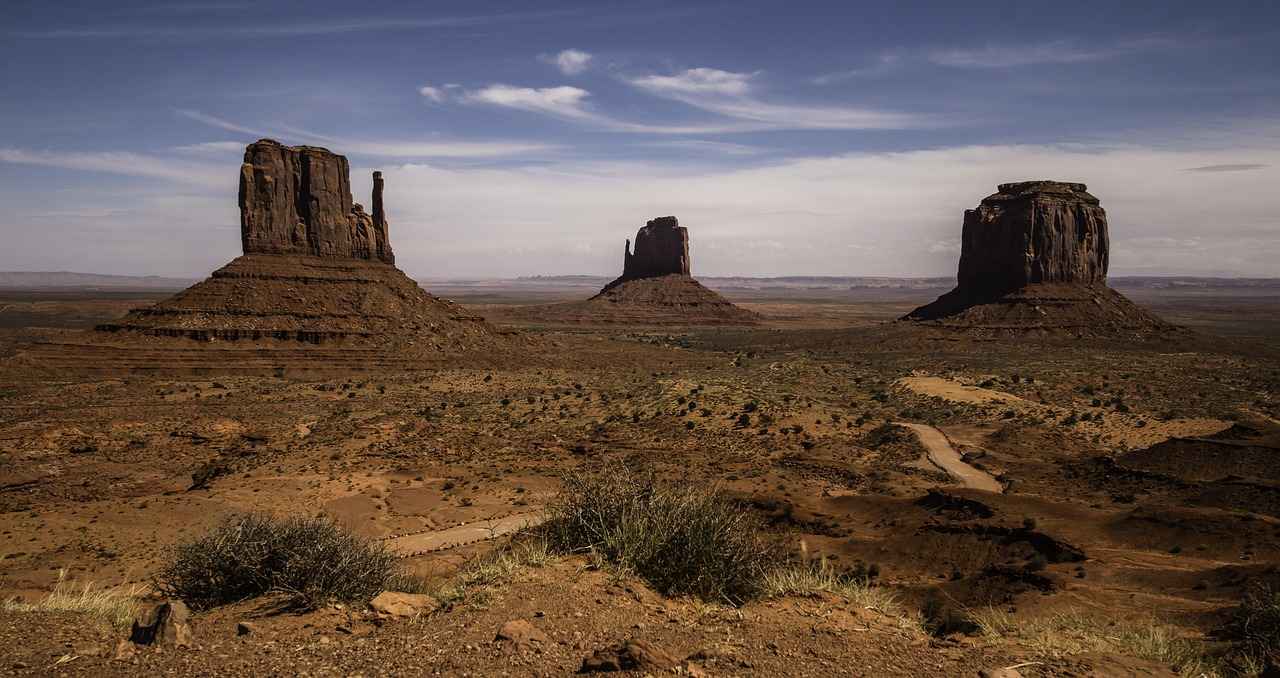
The Role of Education and Social Reform
Education and social reform have been instrumental in shaping the modern identity of West Bengal. The state has witnessed a remarkable transformation over the years, driven by the tireless efforts of various reformers and the establishment of educational institutions that promote knowledge, equality, and social justice.
In the late 19th and early 20th centuries, West Bengal became a hub for social reform movements. Visionaries like Raja Ram Mohan Roy and Vidyasagar advocated for women’s rights and the abolition of practices like Sati. Their relentless pursuit of social justice paved the way for a more inclusive society, emphasizing the importance of education as a tool for empowerment.
Educational institutions in West Bengal have played a pivotal role in this reformative journey. The establishment of Calcutta University in 1857 marked a significant milestone, becoming one of the first modern universities in India. This institution not only provided higher education but also fostered a culture of critical thinking and intellectual discourse. Over the years, numerous colleges and schools have emerged, focusing on various fields, including science, arts, and technology, contributing to the state’s educational landscape.
Moreover, the government has implemented various initiatives to enhance educational access, particularly for marginalized communities. Programs aimed at increasing literacy rates and promoting vocational training have been introduced, ensuring that education reaches every corner of society.
In contemporary times, institutions like Jadavpur University and Presidency University continue to uphold the legacy of educational excellence while addressing modern societal challenges. These universities not only focus on academic achievement but also encourage students to engage in social issues, fostering a sense of responsibility towards community development.
In conclusion, the intertwining of education and social reform in West Bengal has significantly contributed to the state’s progress. The ongoing efforts of reformers and educational institutions remain crucial in shaping a more equitable and enlightened society.
Key Figures in Social Reform
West Bengal has witnessed a profound evolution in its social landscape, thanks to the tireless efforts of several visionaries who championed the causes of education and women’s rights. Their legacies continue to inspire generations and shape the state’s identity.
- Raja Ram Mohan Roy: Often hailed as the father of the Bengal Renaissance, he was instrumental in advocating for women’s rights, particularly in abolishing the practice of Sati. His relentless pursuit of education reform laid the groundwork for modern educational systems in Bengal.
- Iswarchandra Vidyasagar: A prominent social reformer, Vidyasagar was a strong proponent of women’s education. He played a pivotal role in the upliftment of women’s status in society, promoting widow remarriage and advocating for girls’ education, which was revolutionary during his time.
- Begum Roquiah Sakhawat Hossain: A pioneering feminist and educationist, she founded schools for girls and advocated for women’s rights through her writings. Her efforts significantly contributed to changing societal perceptions regarding women’s education and empowerment.
- Swami Vivekananda: A spiritual leader and reformer, he emphasized the importance of education for all, irrespective of caste or gender. His teachings inspired many to pursue education, fostering a sense of unity and social responsibility.
- Netaji Subhas Chandra Bose: While primarily known for his role in India’s independence movement, Bose also emphasized the importance of education in achieving social reform. He believed that an educated populace was crucial for national progress.
The contributions of these reformers have left an indelible mark on West Bengal’s social fabric. Their advocacy for education and women’s rights not only transformed individual lives but also paved the way for a more equitable society. As we reflect on their legacies, it becomes evident that the journey towards social reform is ongoing, requiring continued commitment and action.
Modern Educational Institutions
West Bengal is renowned for its rich educational heritage, with a plethora of prestigious institutions that have been instrumental in shaping the intellectual landscape of the state. These institutions not only provide high-quality education but also foster a culture of innovation and research, playing a vital role in the overall development of society.
One of the key aspects of these institutions is their commitment to holistic education. They emphasize not just academic excellence but also the development of critical thinking, creativity, and social responsibility among students. This approach ensures that graduates are well-equipped to meet the challenges of the modern world.
| Institution Name | Year Established | Notable Achievements |
|---|---|---|
| University of Calcutta | 1857 | Pioneering research in various fields |
| Jadavpur University | 1955 | Renowned for engineering and arts programs |
| Indian Statistical Institute | 1931 | World-class research in statistics and mathematics |
The impact of these institutions extends beyond academic achievements. They have been at the forefront of social reform, advocating for education as a means to uplift marginalized communities. The emphasis on inclusivity ensures that education is accessible to all, thereby contributing to the state’s socio-economic development.
Moreover, these institutions often collaborate with industries, enhancing the employability of their graduates. Internships, workshops, and seminars are regularly organized to bridge the gap between academia and the professional world.
In conclusion, the modern educational institutions of West Bengal are not just centers of learning; they are catalysts for change, shaping the future of the state and the nation. Their role in fostering intellectual growth cannot be overstated, as they continue to produce leaders and innovators who will drive progress in various fields.
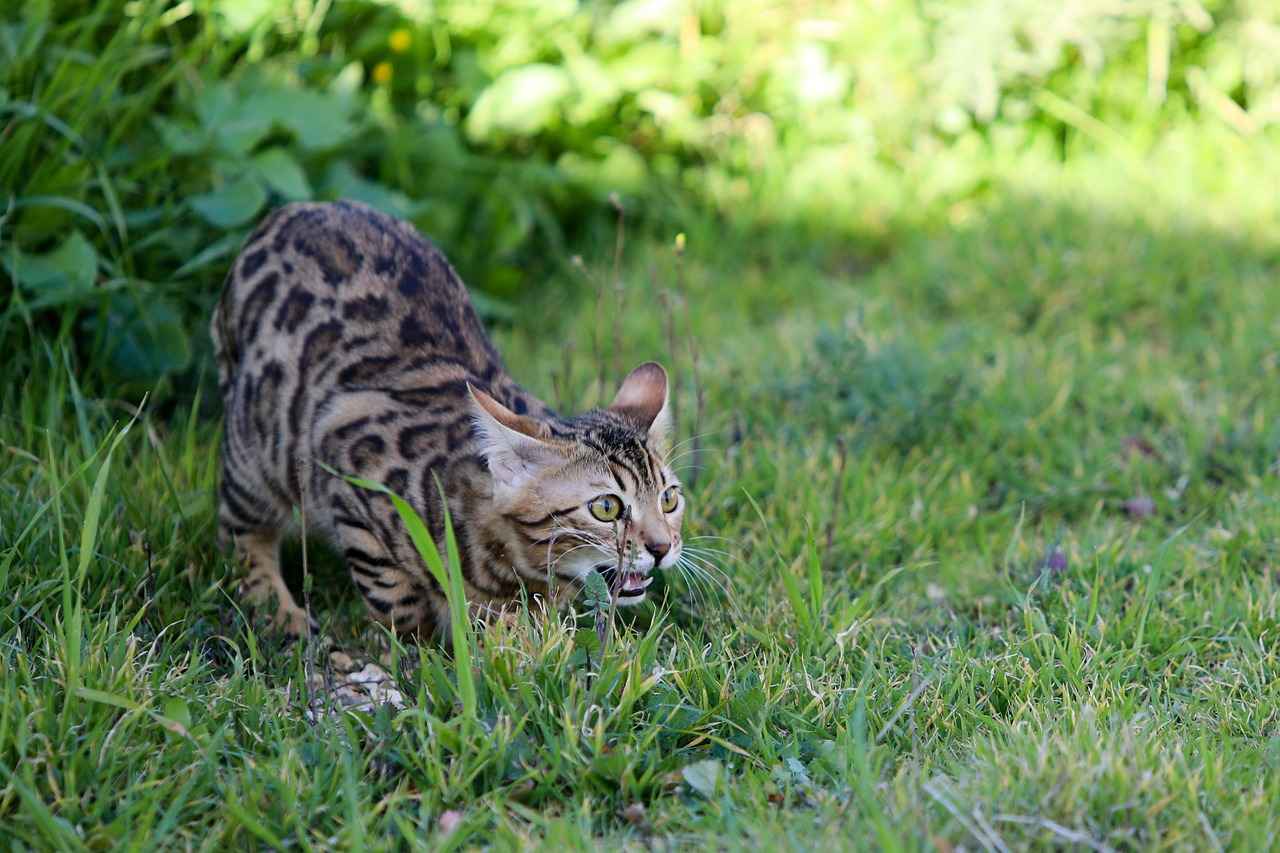
Conclusion: The Enduring Legacy of West Bengal
West Bengal, a state steeped in rich culture and history, continues to be a beacon of inspiration and influence in India. Its unique identity is shaped by a blend of traditions, languages, and religious practices that reflect the diversity of its people. The state’s cultural heritage is not merely a relic of the past; it is a living, breathing entity that evolves while retaining its core values.
The contributions of West Bengal to Indian culture are profound. From the literary masterpieces of Rabindranath Tagore to the vibrant festivals like Durga Puja, the state’s cultural expressions resonate with people across the globe. This celebration of art, music, and dance showcases the emotional depth and creativity inherent in Bengali culture.
Furthermore, West Bengal’s culinary landscape is a testament to its rich history. The delectable dishes, ranging from fish curry to rasgulla, tell stories of tradition, family, and community. Each meal is an experience, steeped in history and flavored with love, making it a vital part of the state’s identity.
In addition to its cultural and culinary richness, West Bengal has played a crucial role in the social reform movement in India. The state has produced numerous reformers who have championed education and social justice, paving the way for a more equitable society. Educational institutions in West Bengal continue to foster intellectual growth, contributing to the state’s progressive outlook.
In conclusion, West Bengal’s legacy is an ongoing narrative that reflects its unique identity and contributions to Indian culture and society. As the state moves forward, it remains committed to preserving its rich heritage while embracing the future, ensuring that the spirit of Bengal continues to inspire generations to come.
Frequently Asked Questions
- What is the significance of Durga Puja in West Bengal?
Durga Puja is not just a festival; it’s a grand celebration that embodies the spirit of West Bengal. It marks the victory of the goddess Durga over the buffalo demon Mahishasura, symbolizing the triumph of good over evil. The festivities include elaborate decorations, cultural performances, and a sense of community that brings people together.
- What are some traditional Bengali dishes I should try?
If you’re diving into Bengali cuisine, don’t miss out on classics like shorshe ilish (hilsa fish in mustard sauce), mishti doi (sweetened yogurt), and rasgulla (syrupy sweet cheese balls). Each dish tells a story and reflects the rich culinary heritage of the region.
- How does West Bengal celebrate the Bengali New Year?
The Bengali New Year, or Poila Baisakh, is celebrated with vibrant fairs, traditional music, and delicious food. People dress in new clothes, visit friends and family, and enjoy special dishes like panta bhat (fermented rice) and ilish macher jhol (hilsa fish curry). It’s a joyful time filled with hope and new beginnings!
- What types of art and crafts are popular in West Bengal?
West Bengal is famous for its rich tradition of art and crafts, including terracotta pottery, handloom textiles, and folk paintings. These crafts showcase the skill and creativity of local artisans, and each piece often carries cultural significance, making them treasured items.
- Who are some notable figures in West Bengal’s social reform movement?
West Bengal has seen many influential reformers like Raja Ram Mohan Roy and Vidyasagar, who championed education and women’s rights. Their efforts laid the groundwork for modern social reforms that continue to impact the state today.
